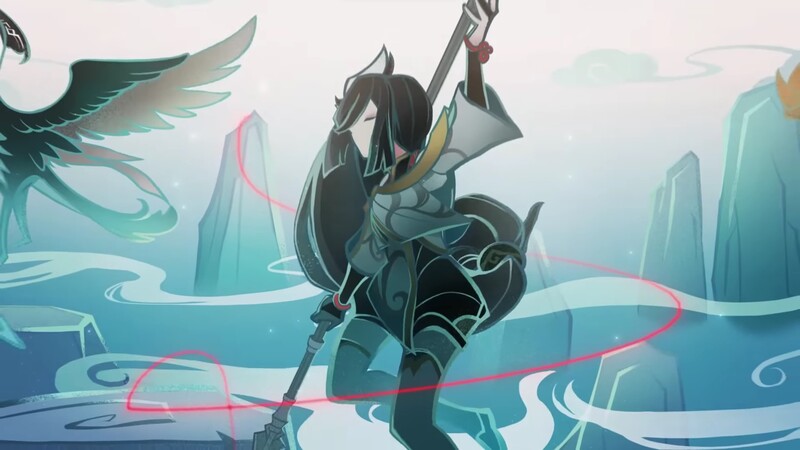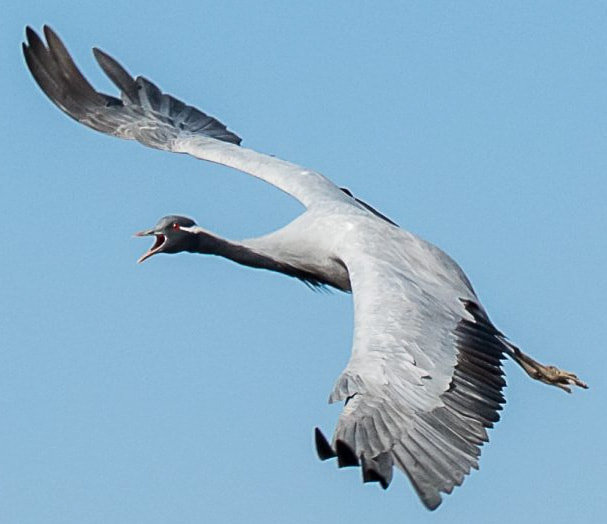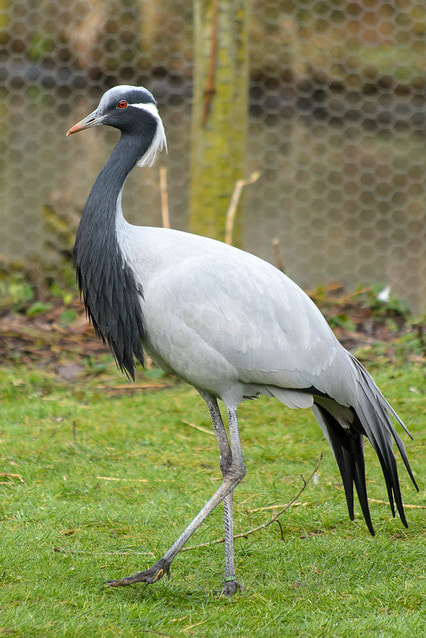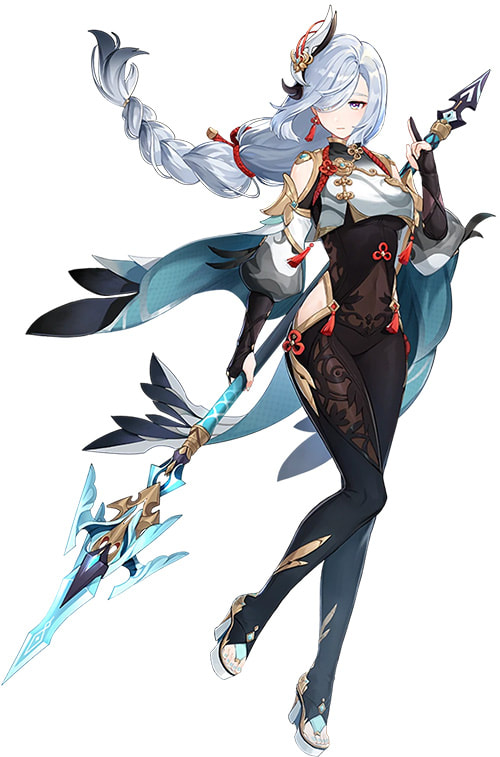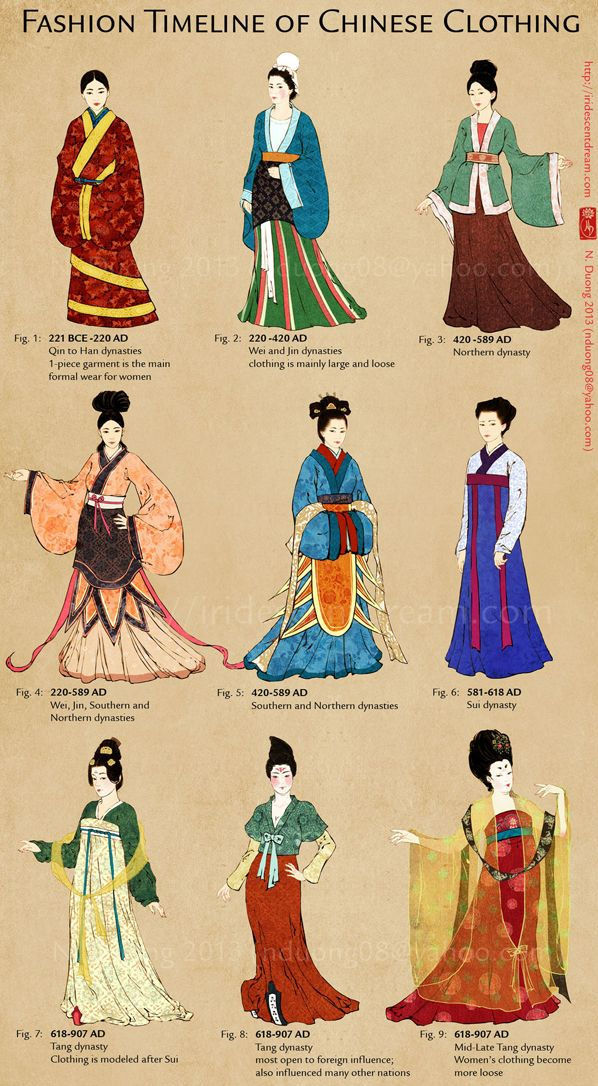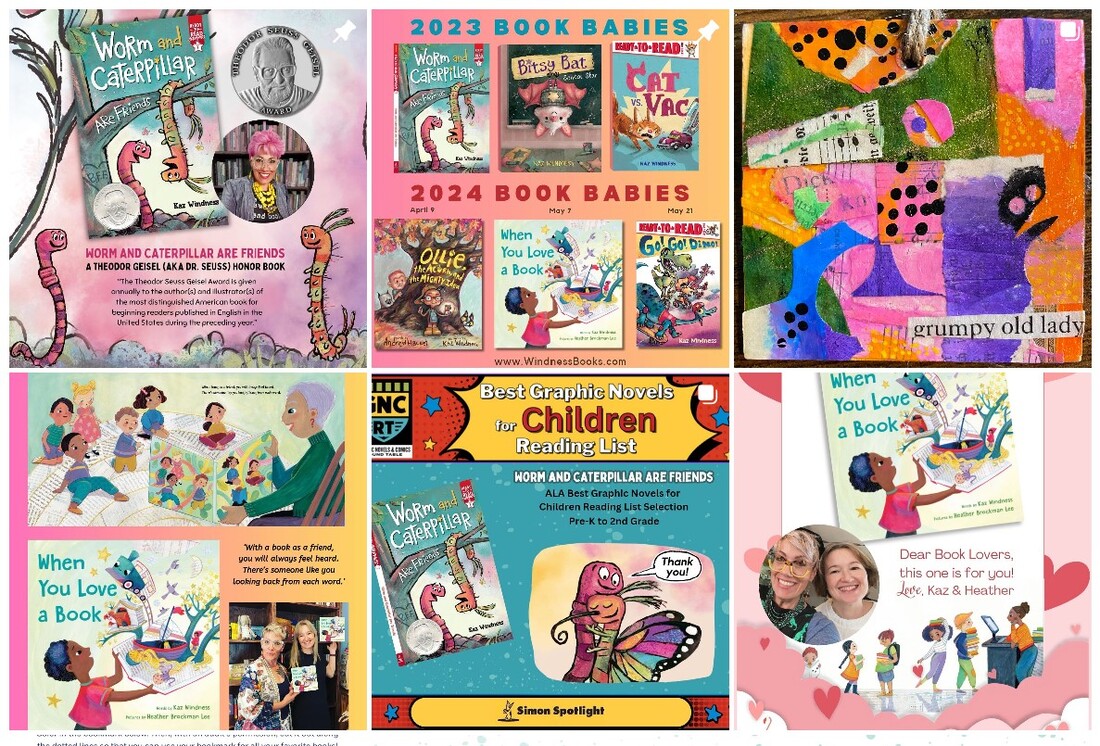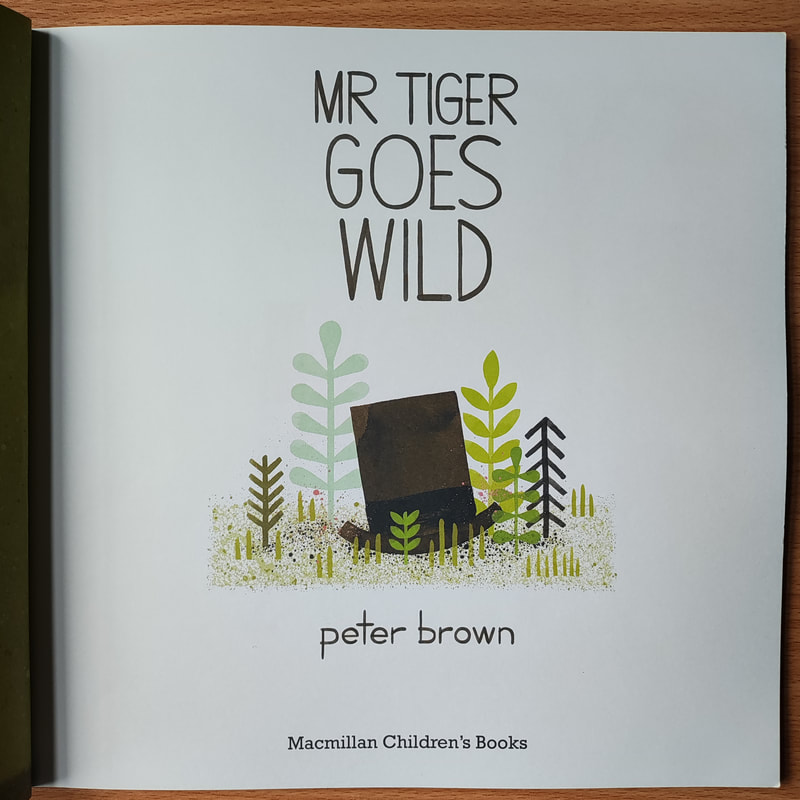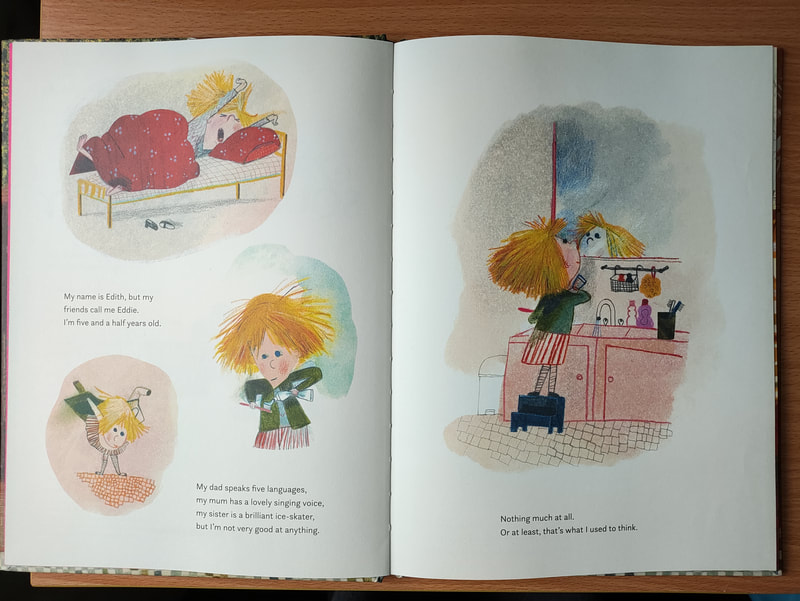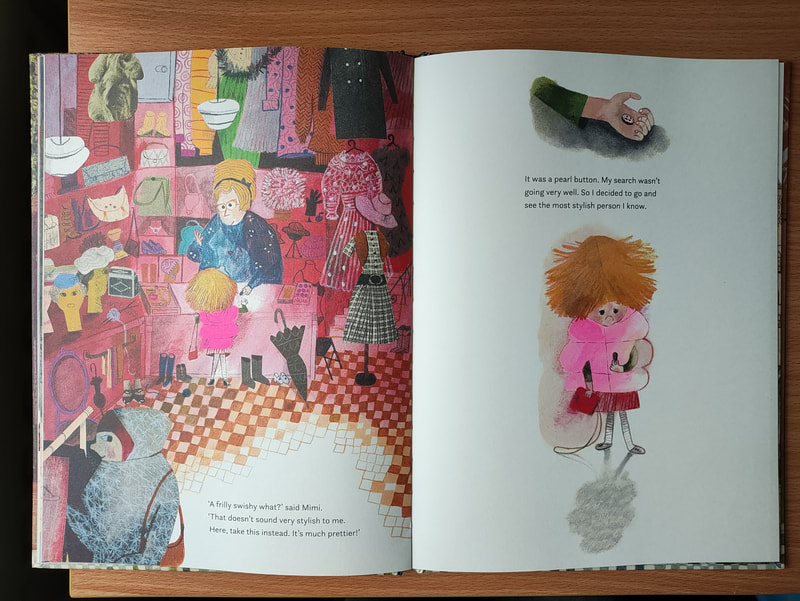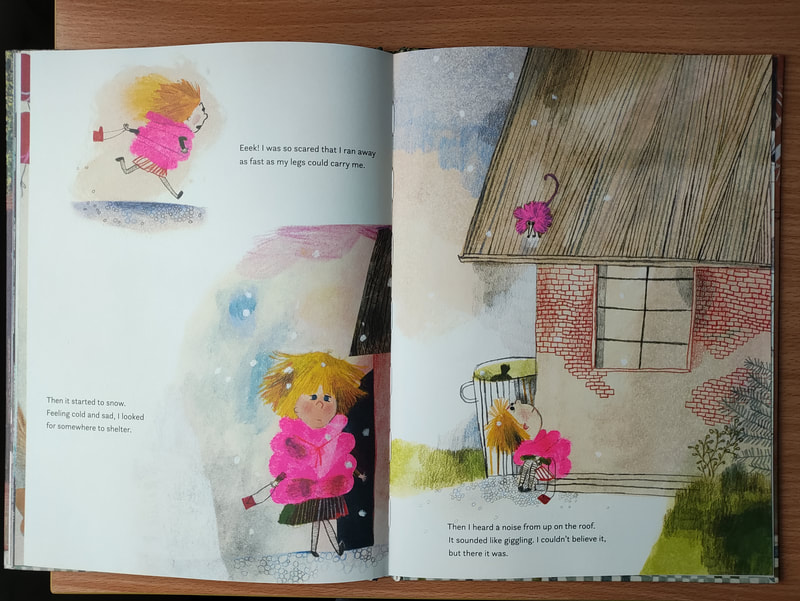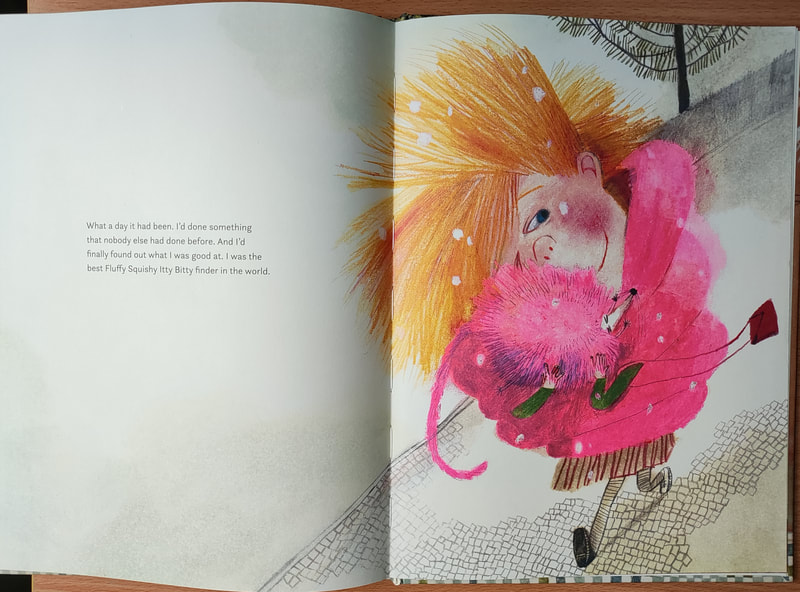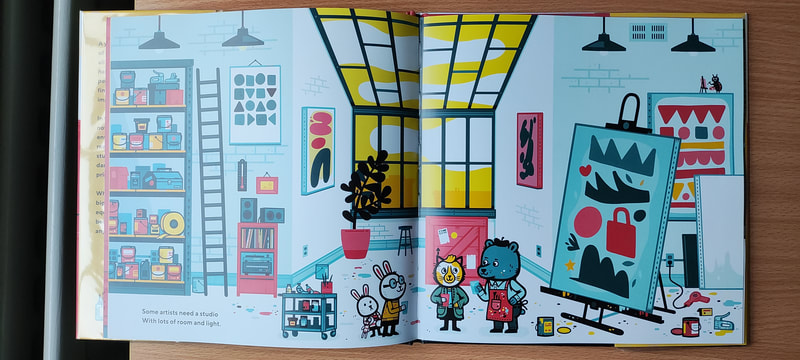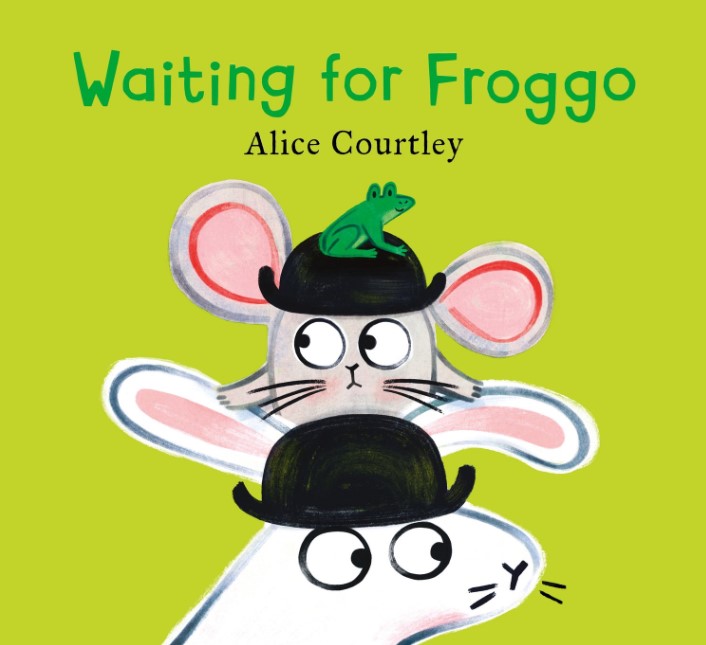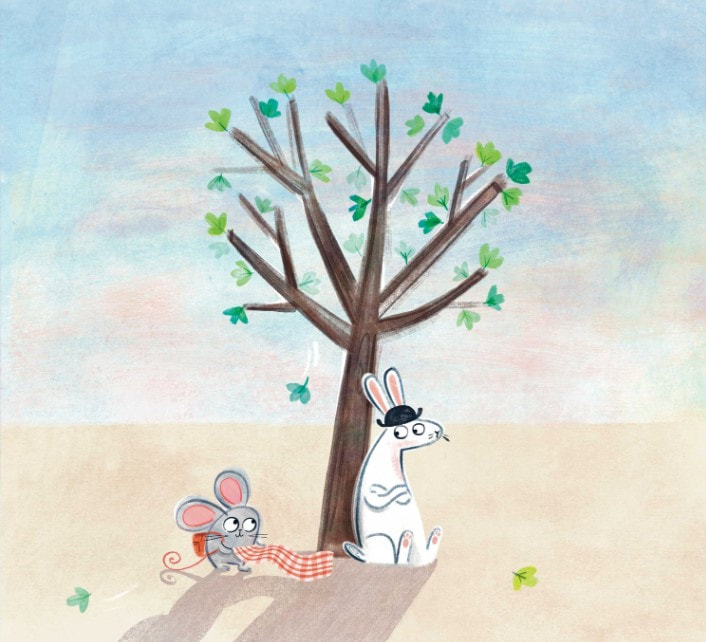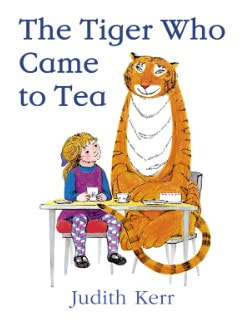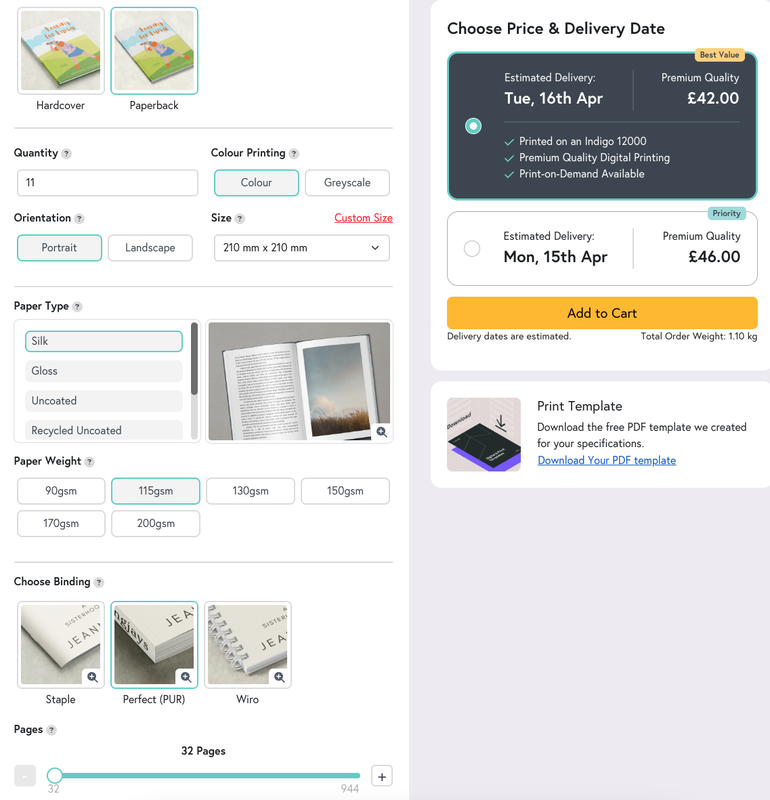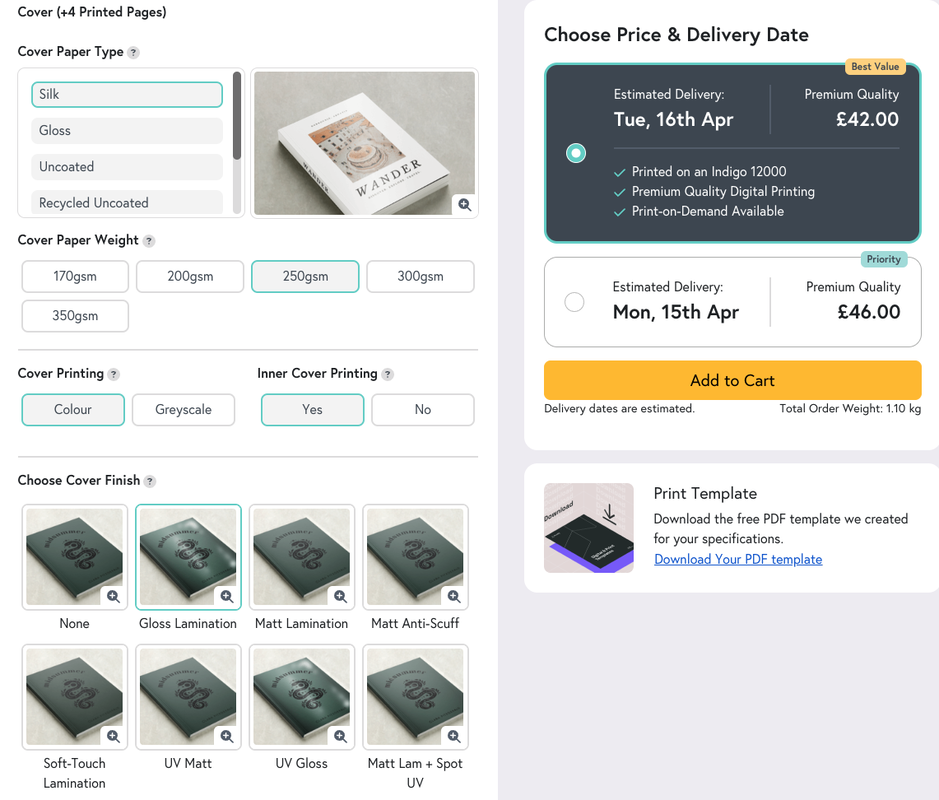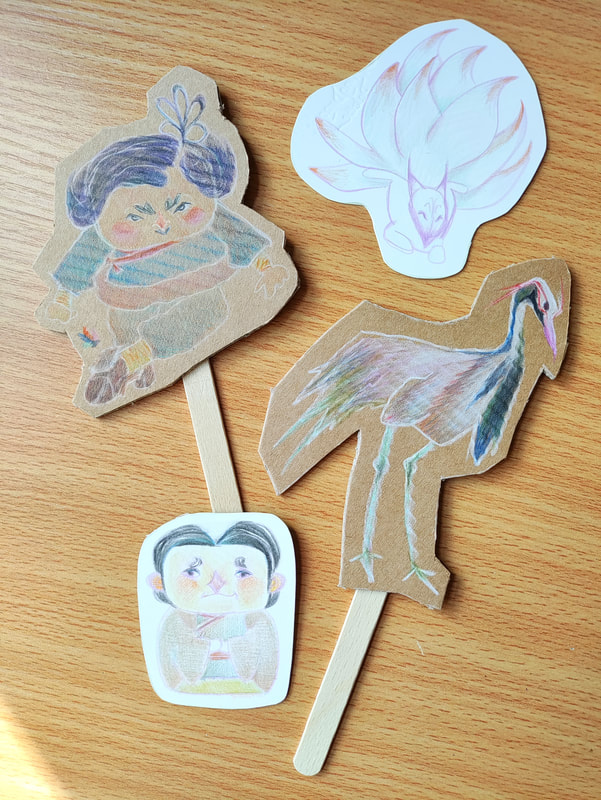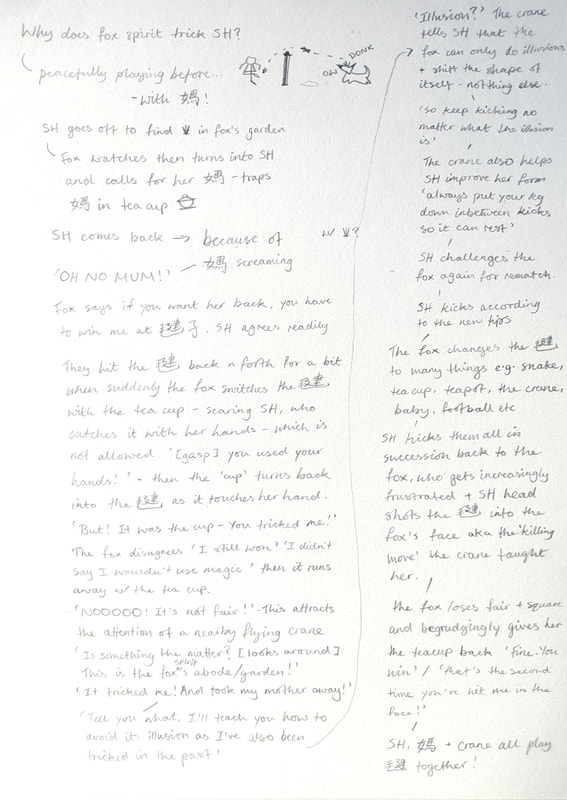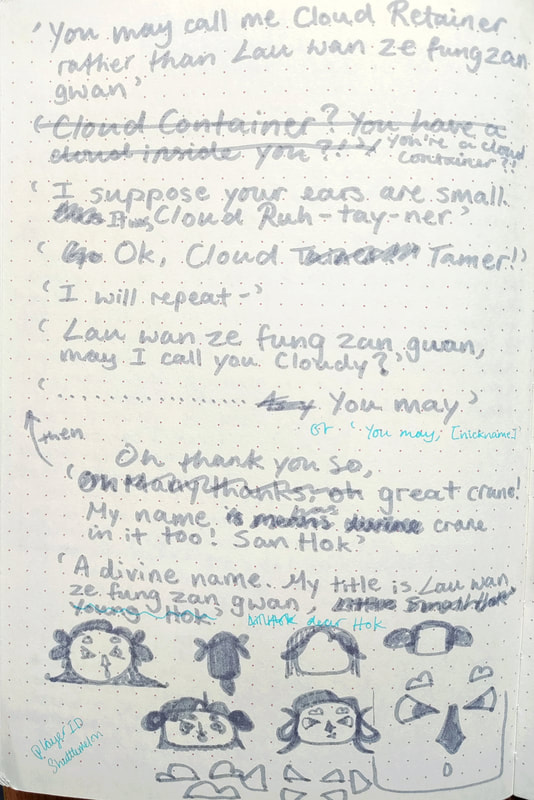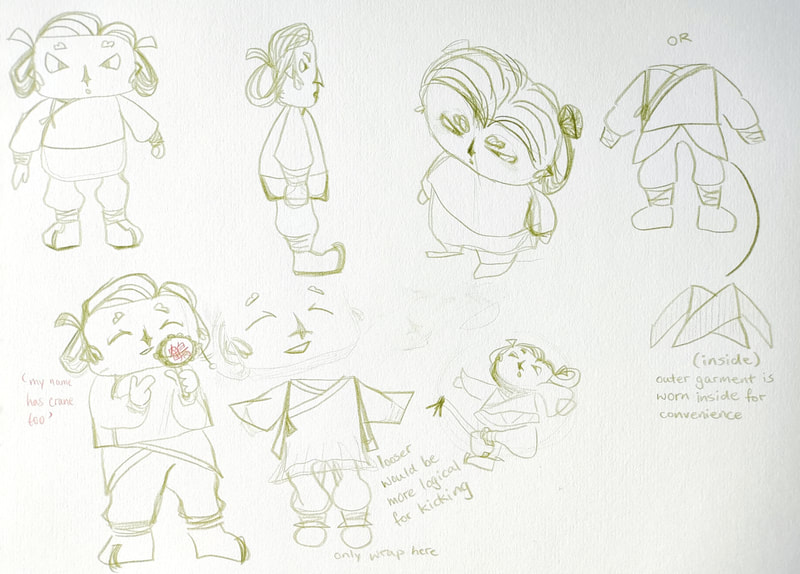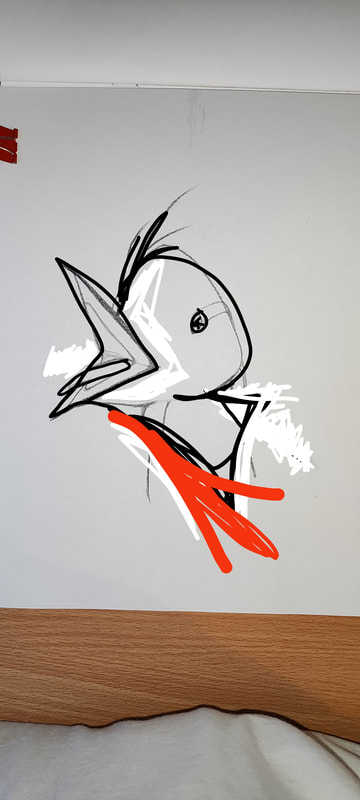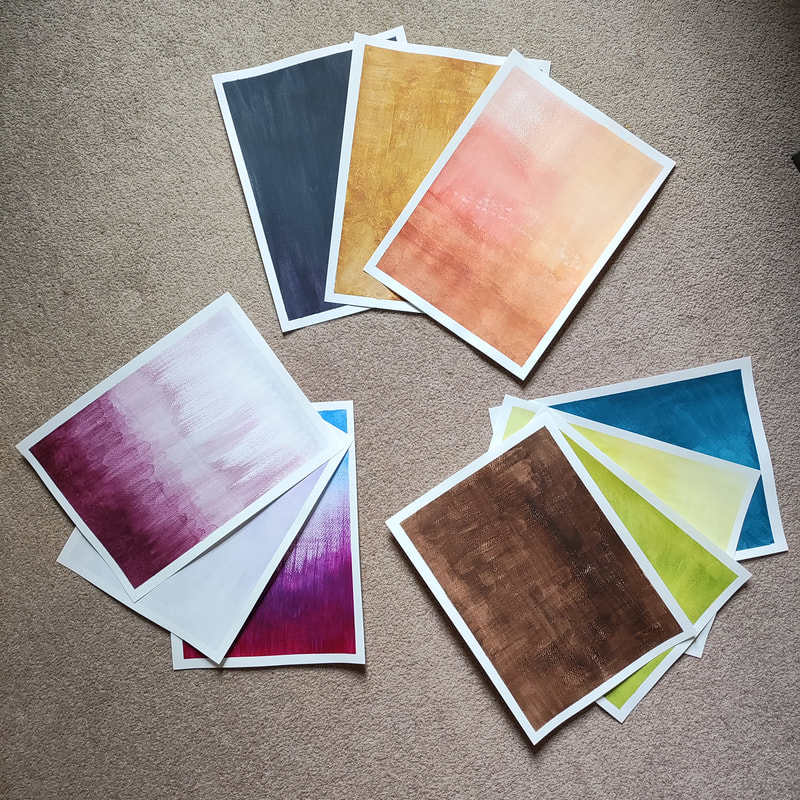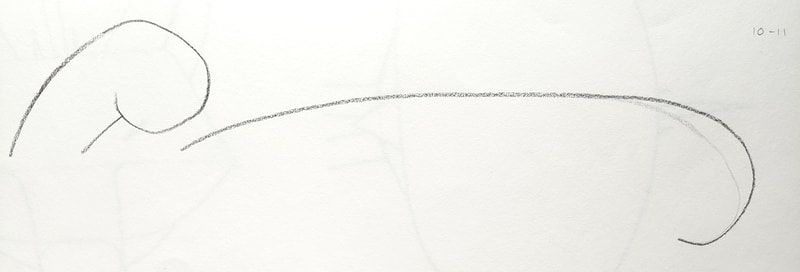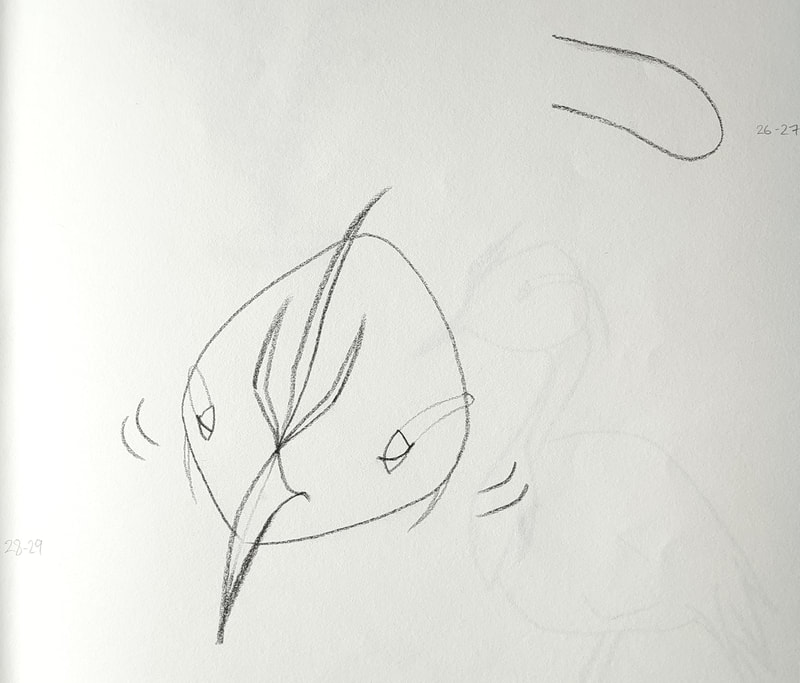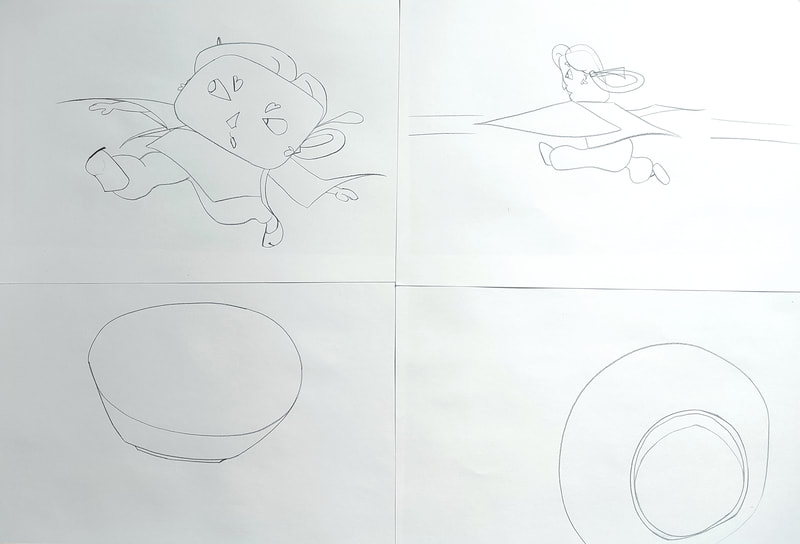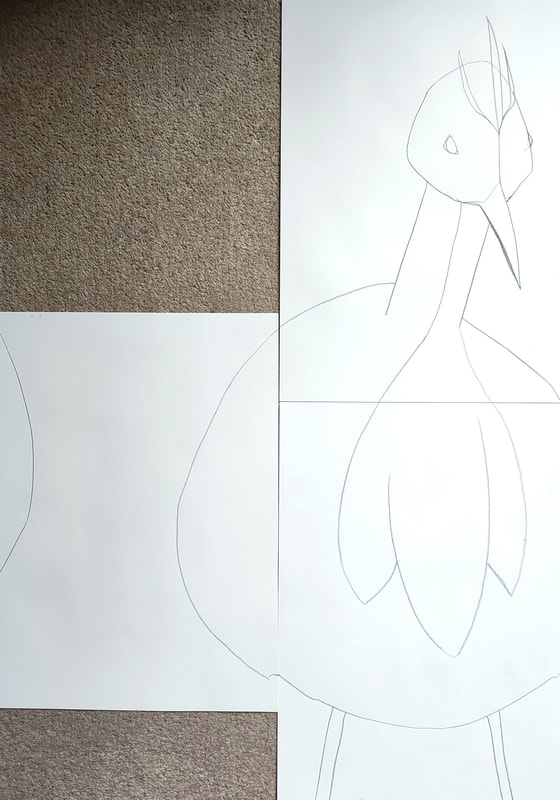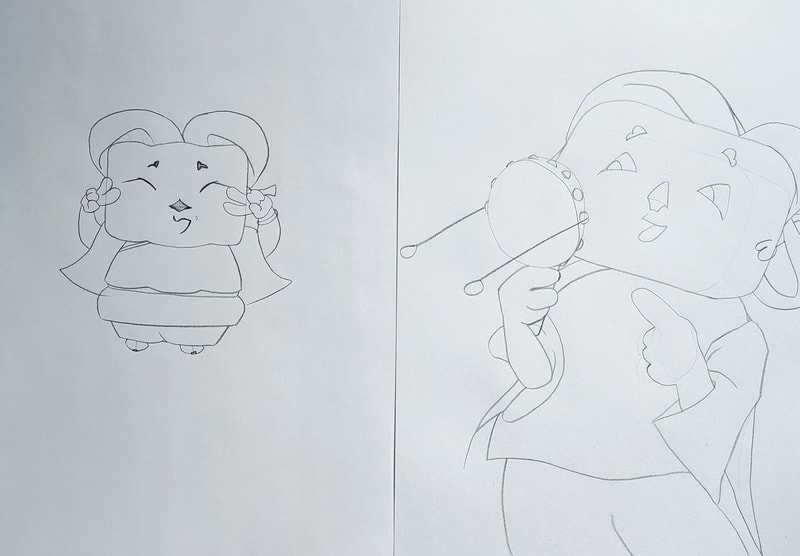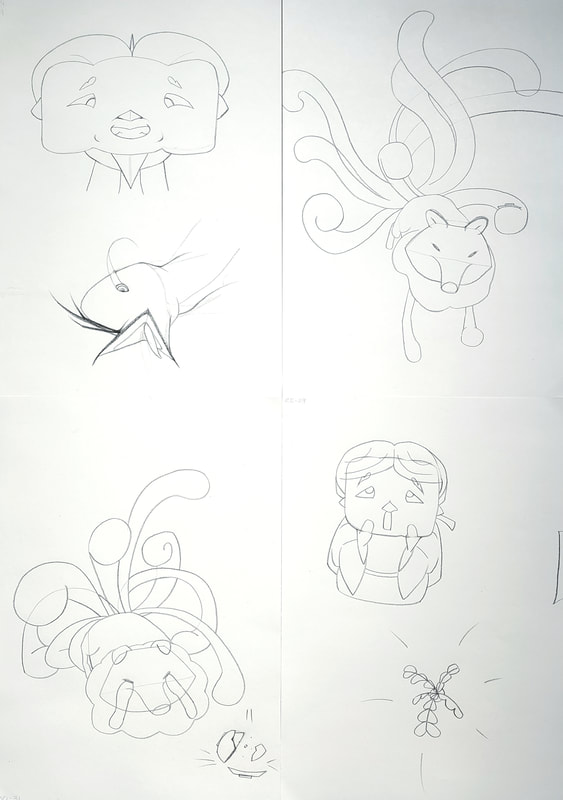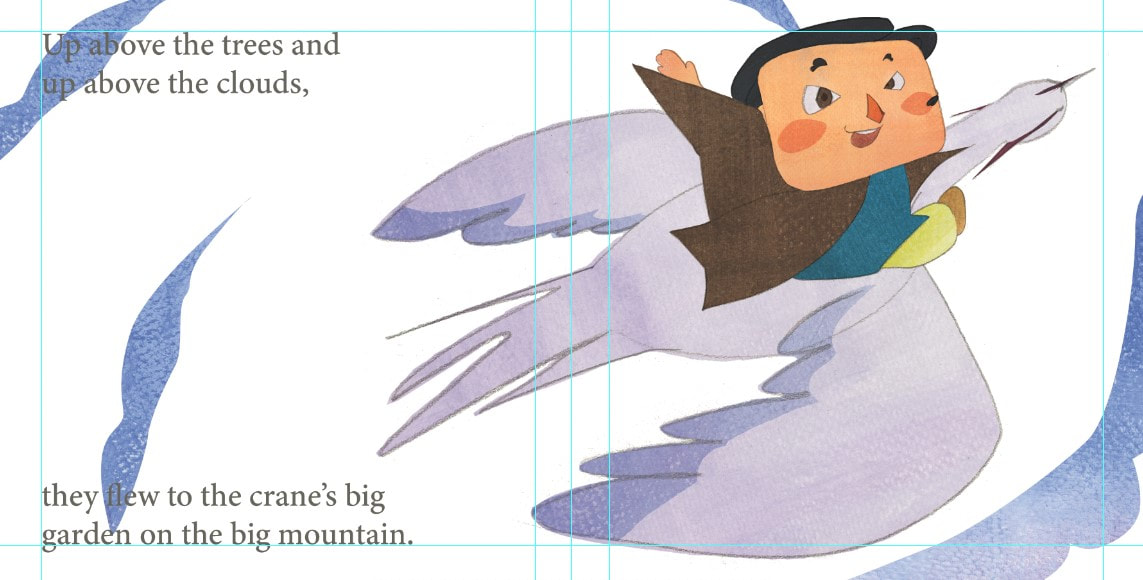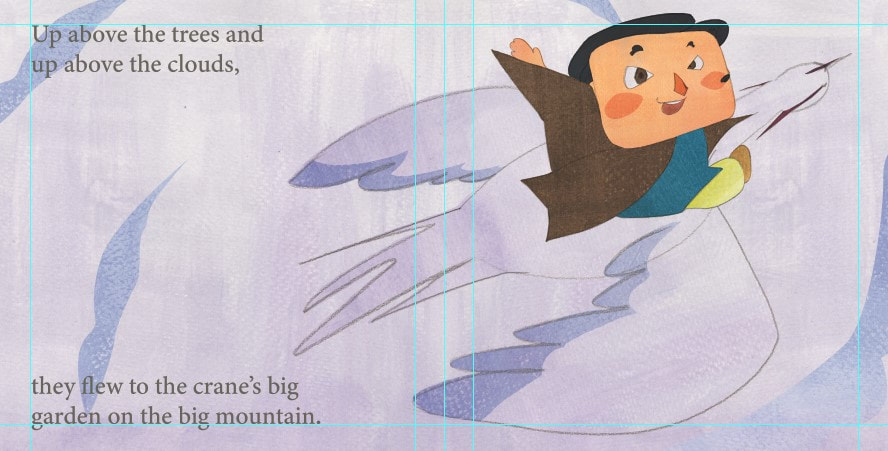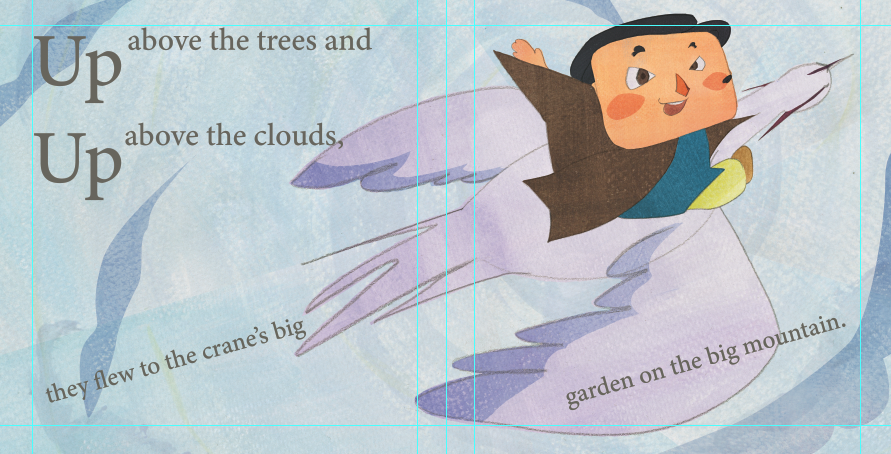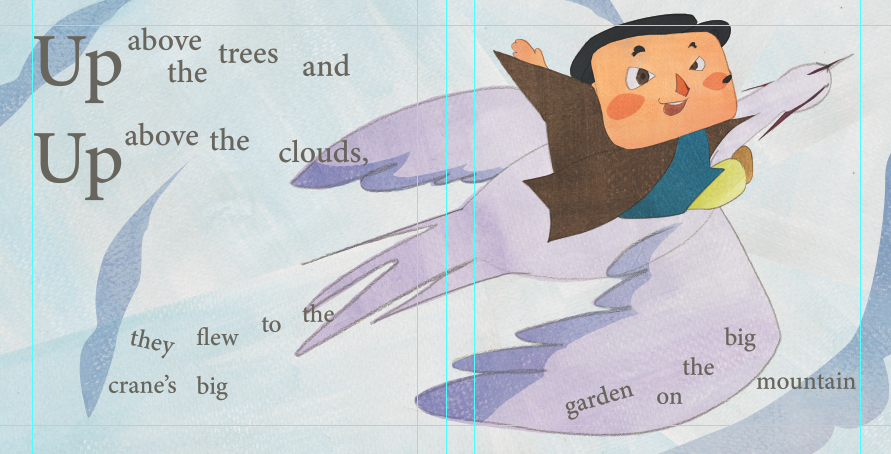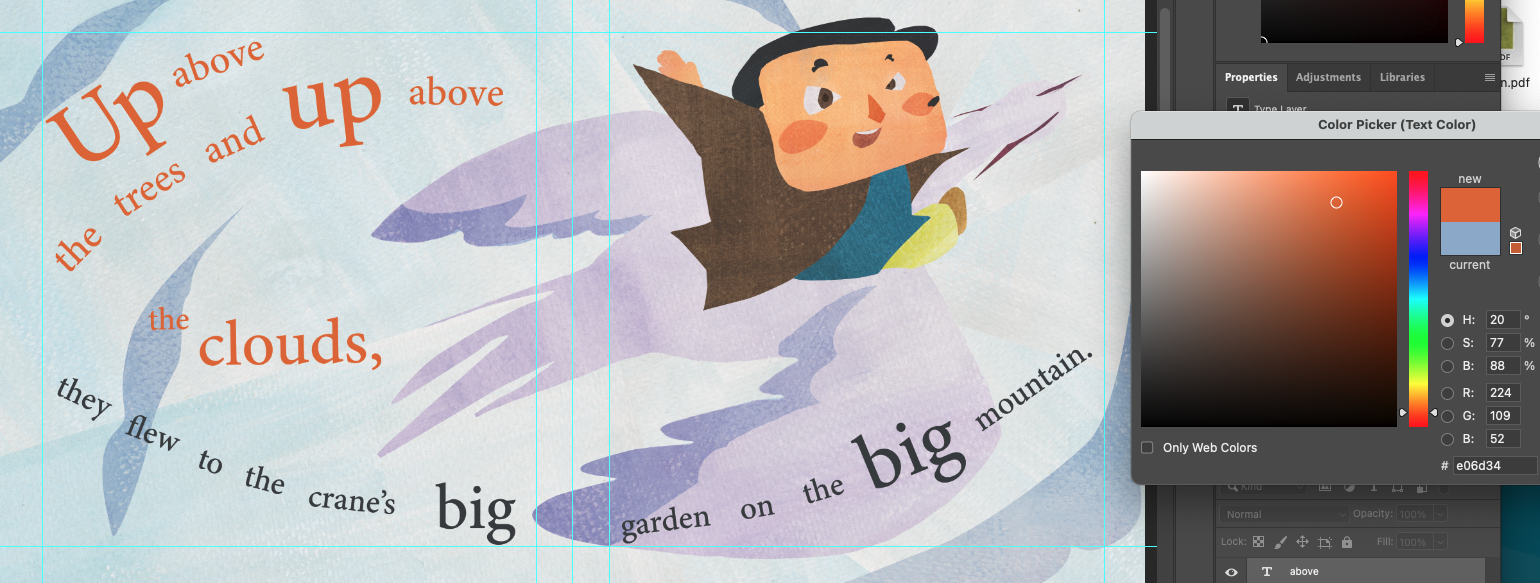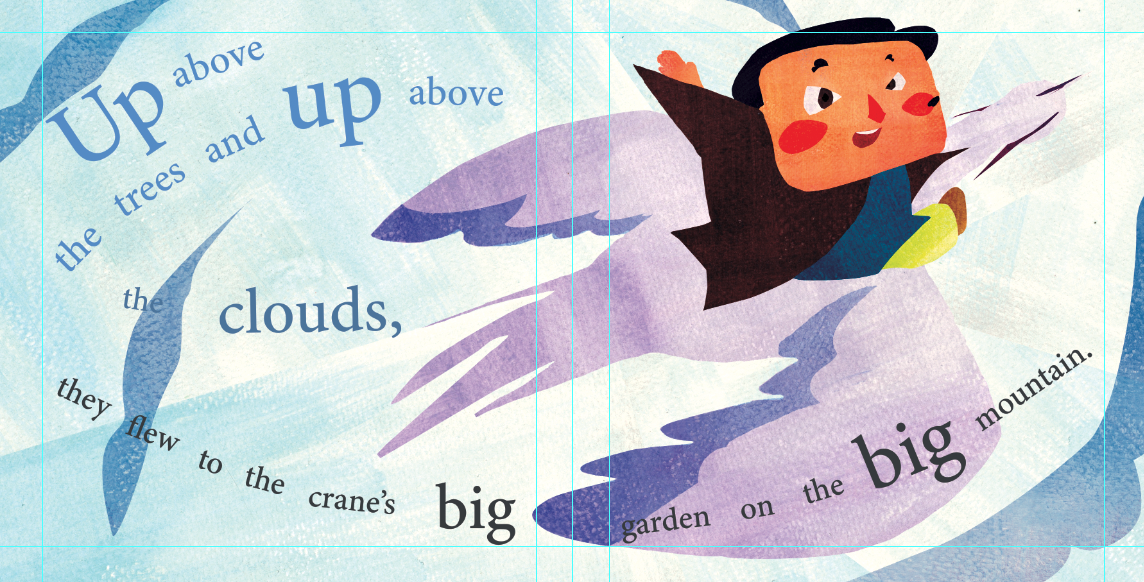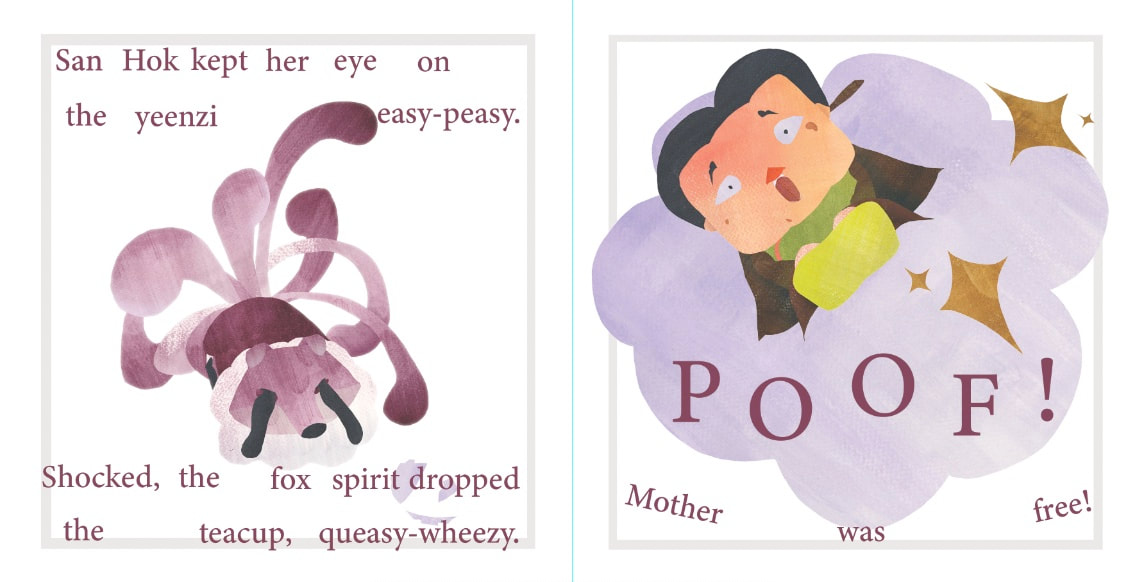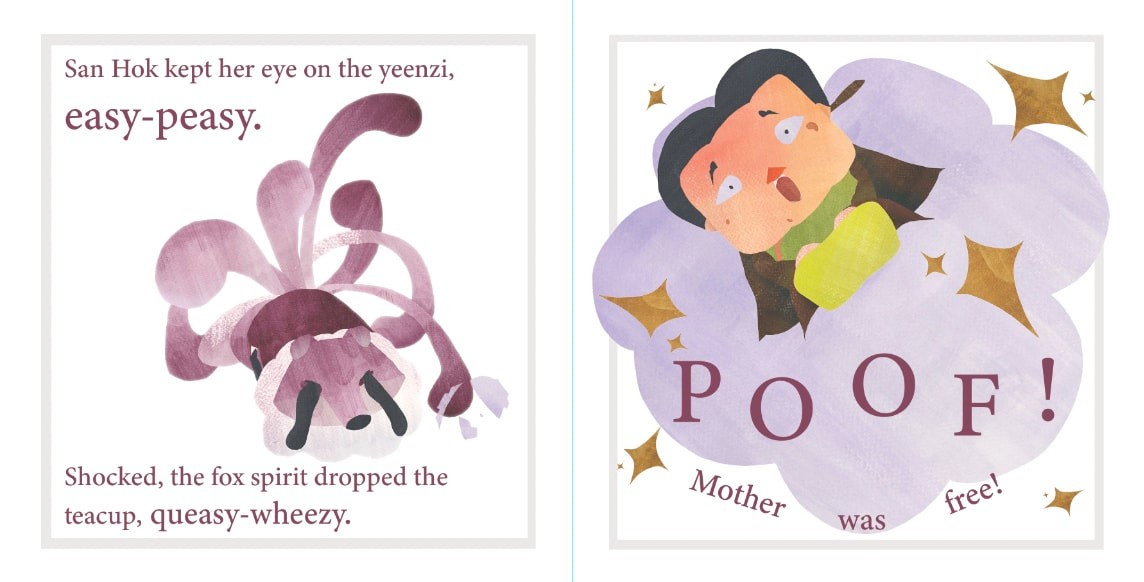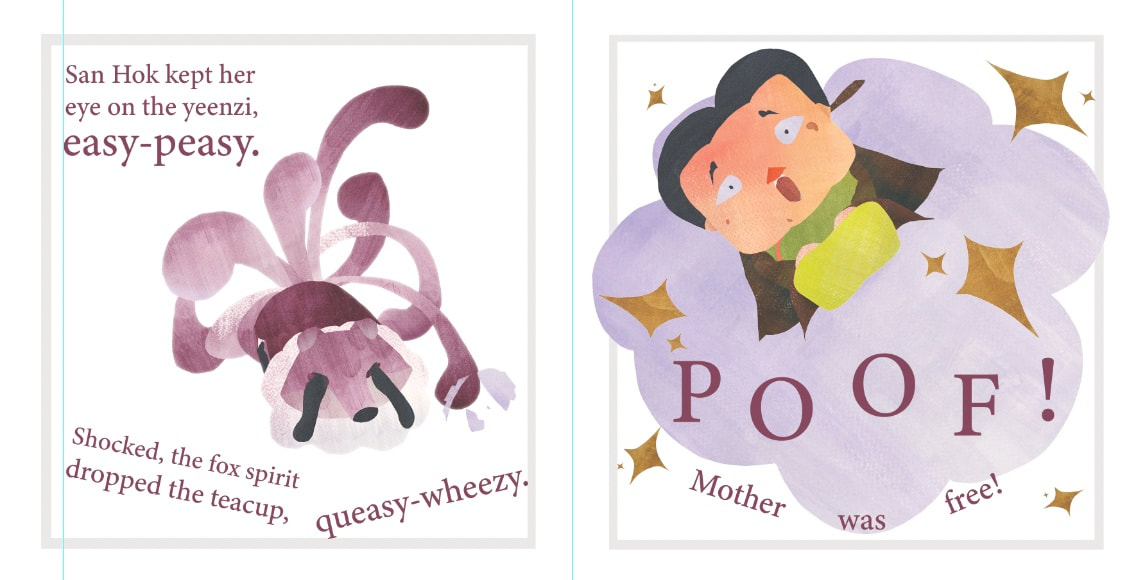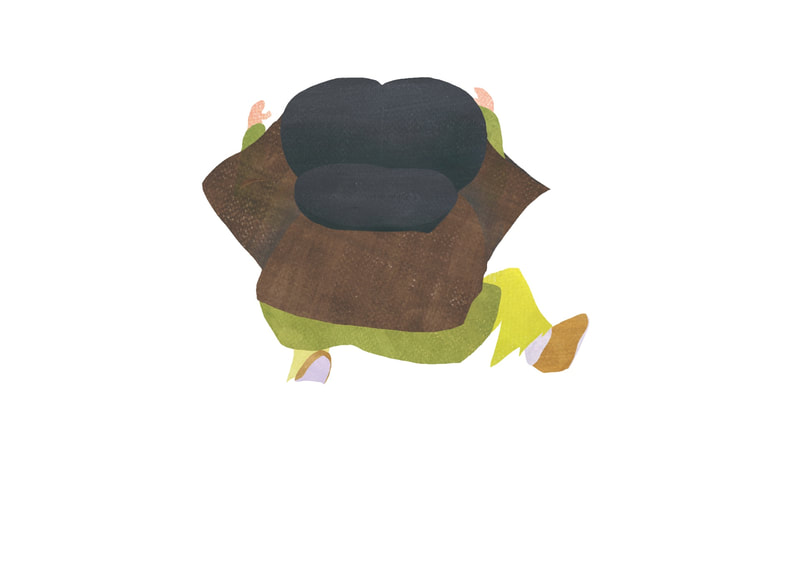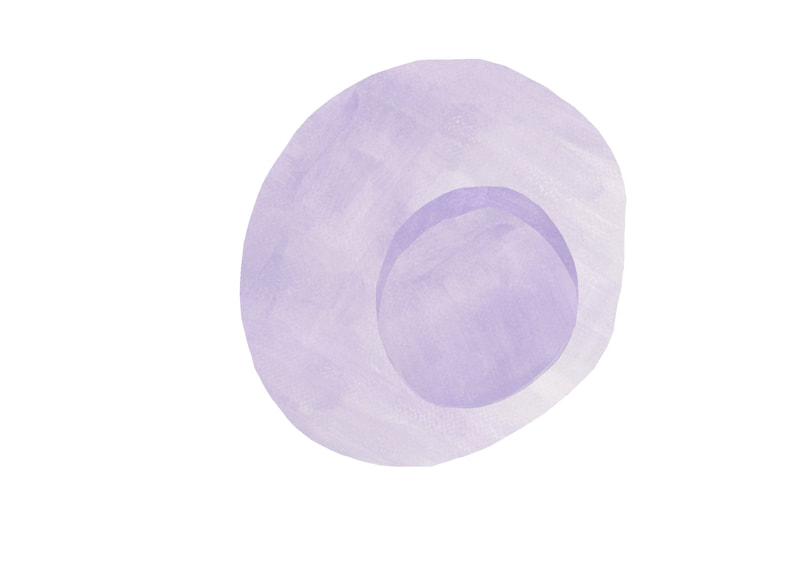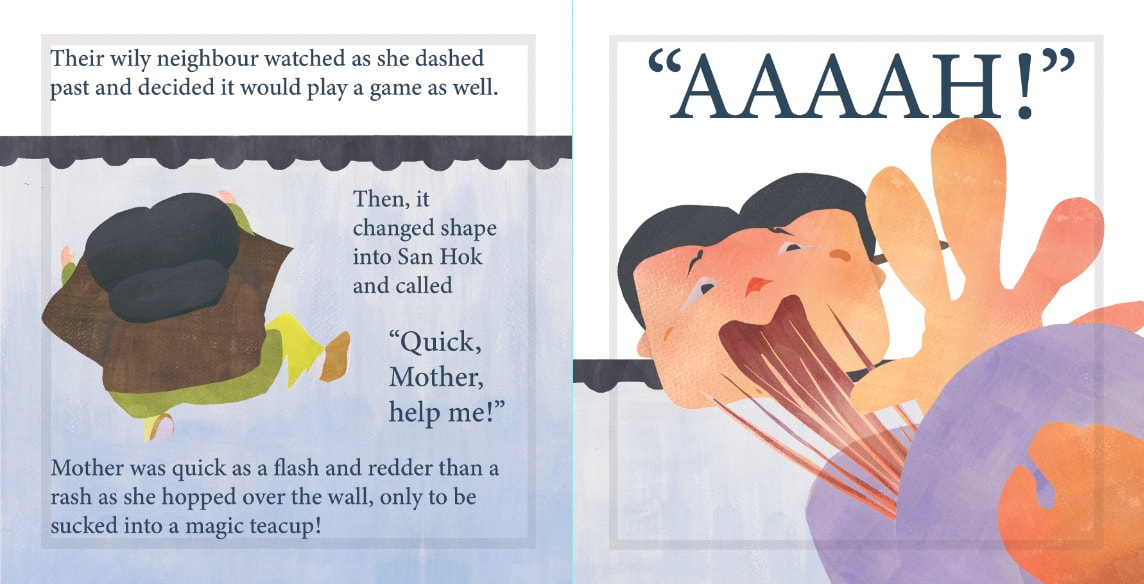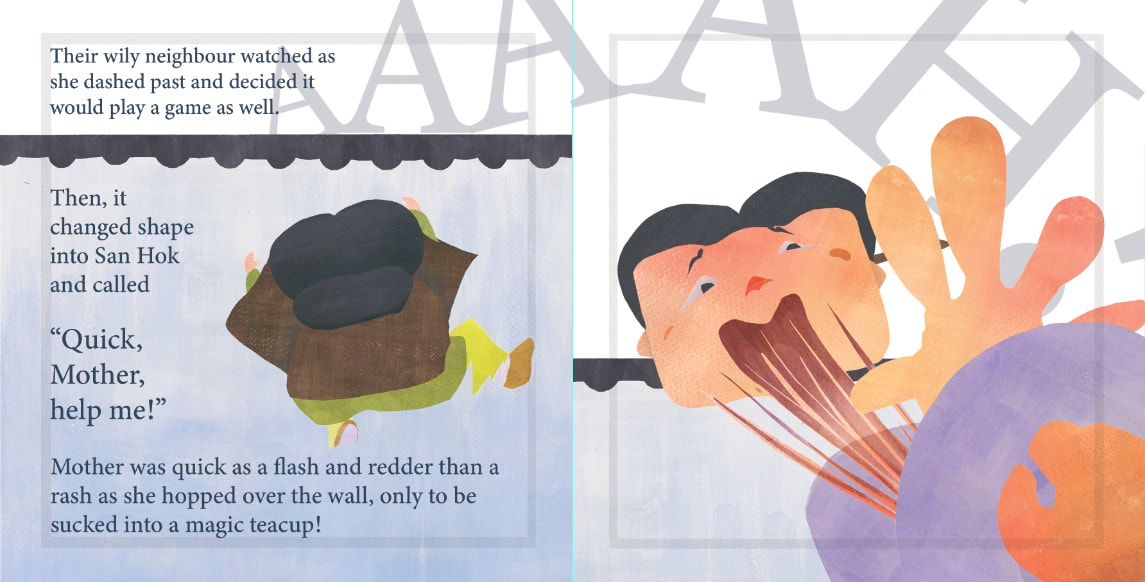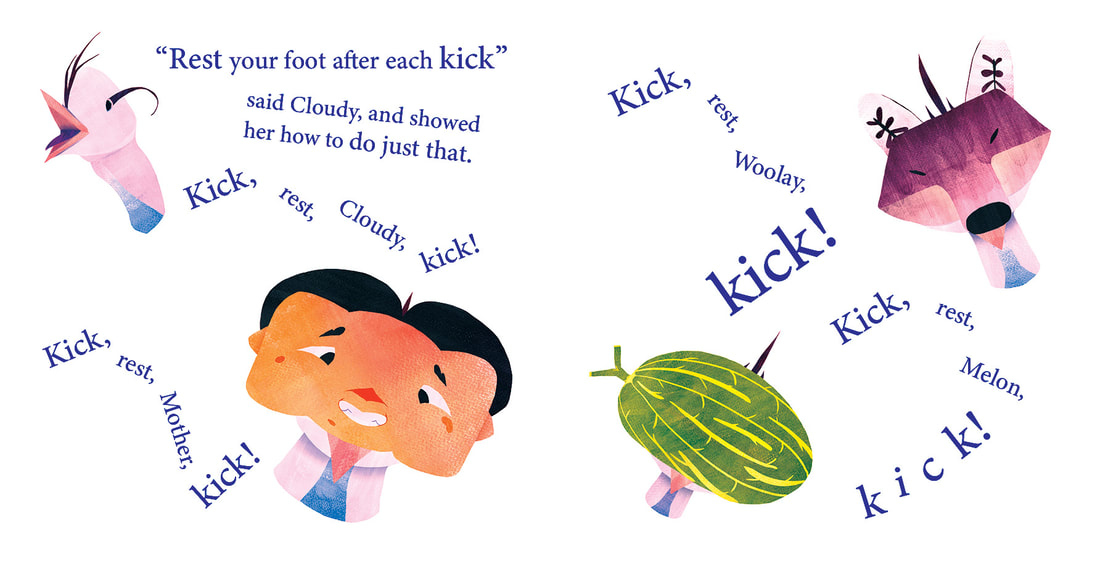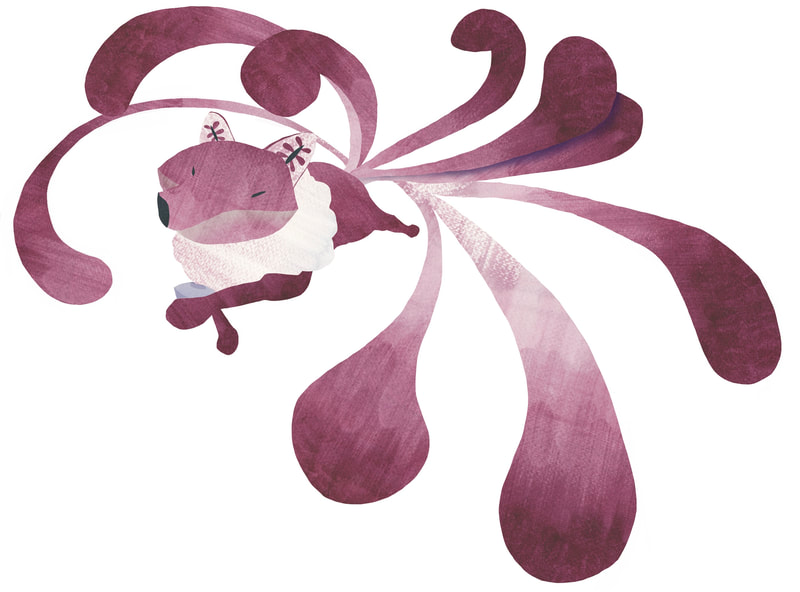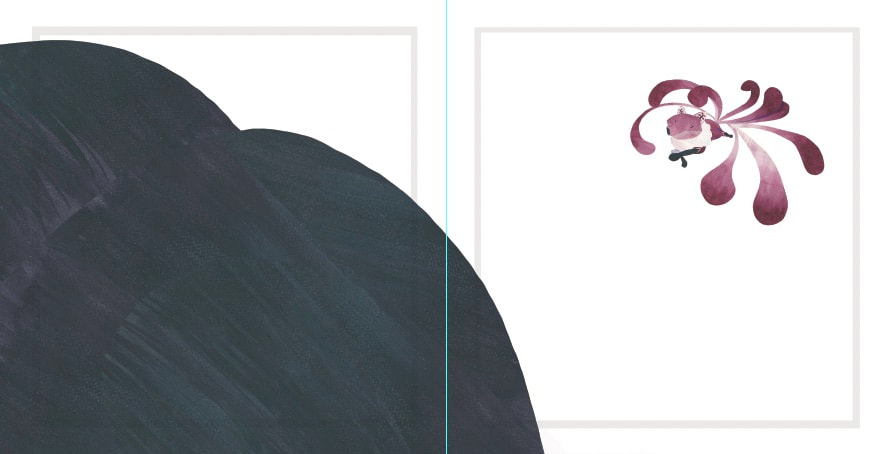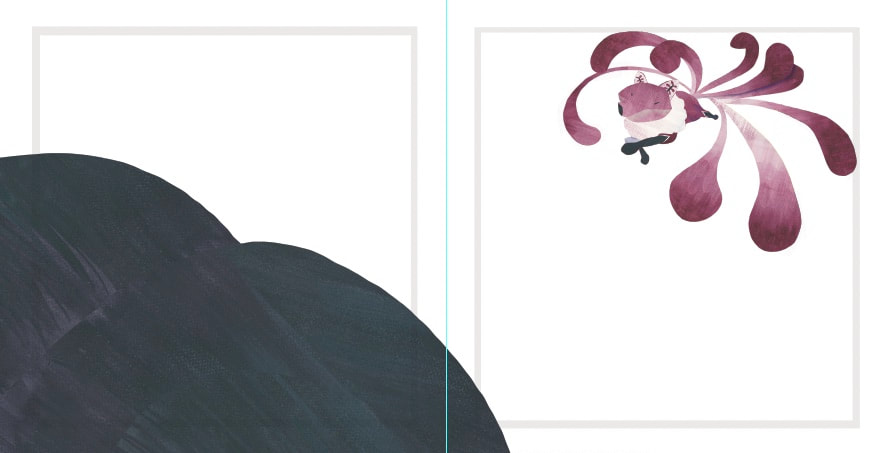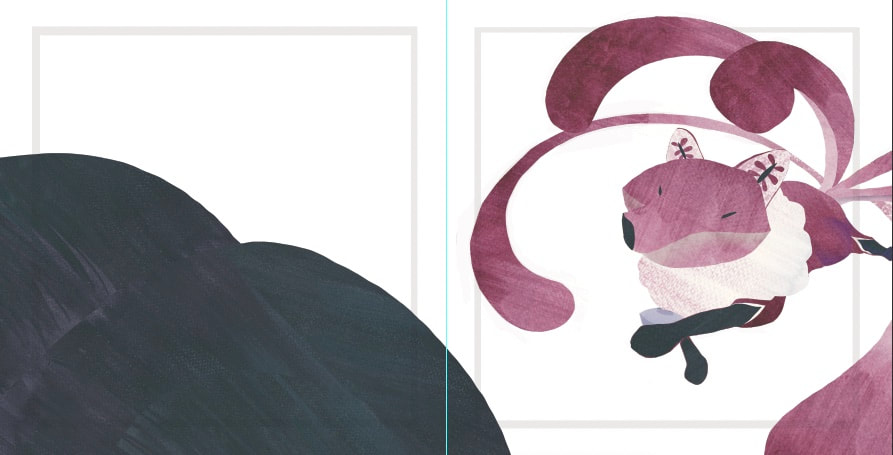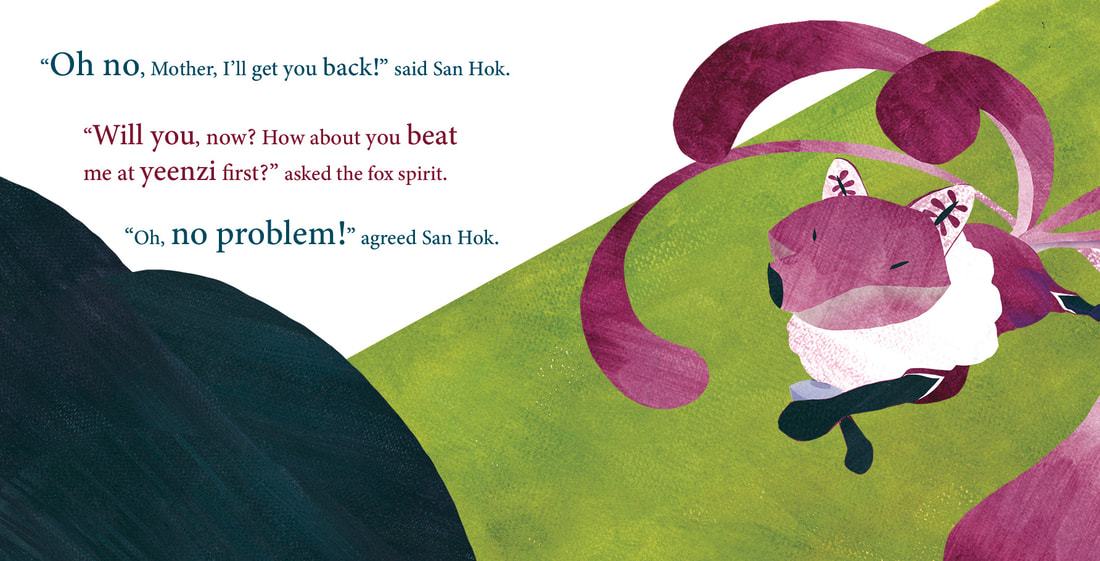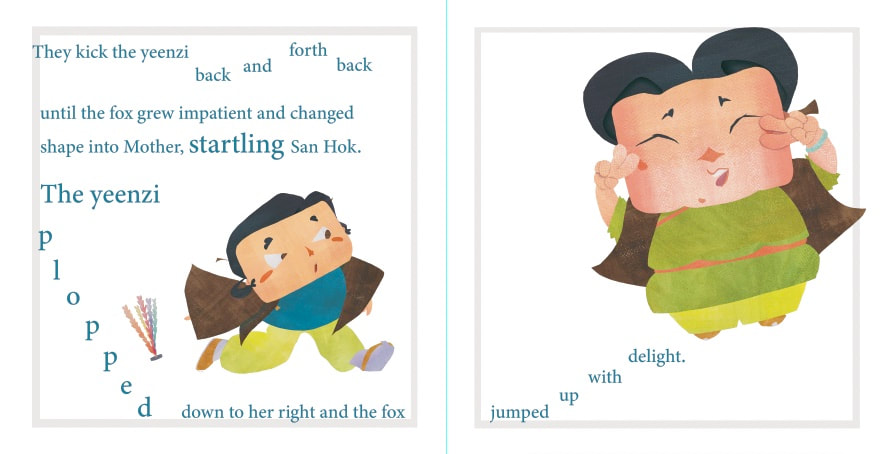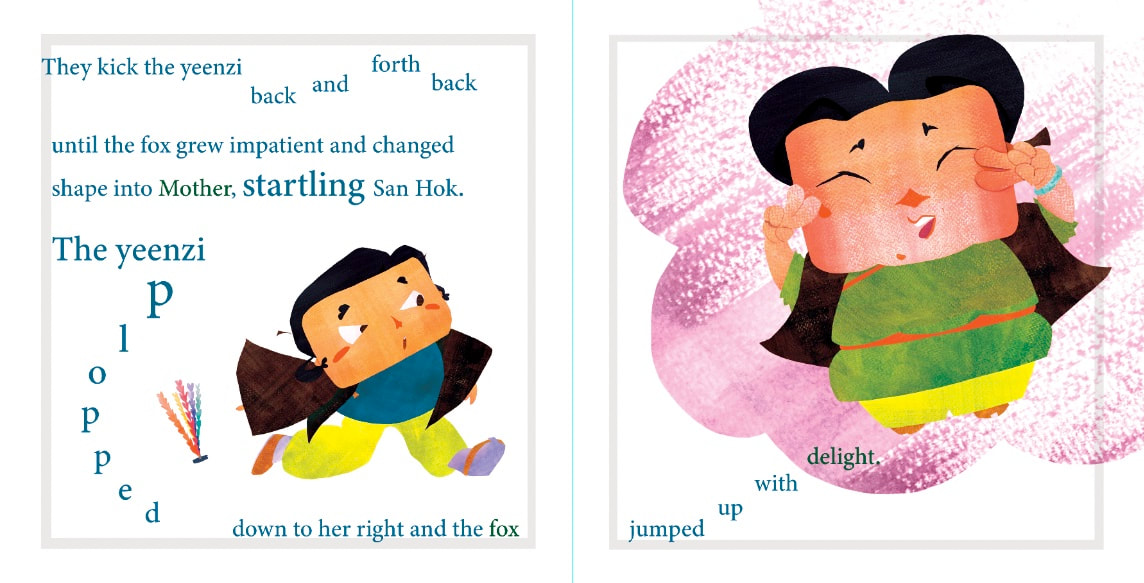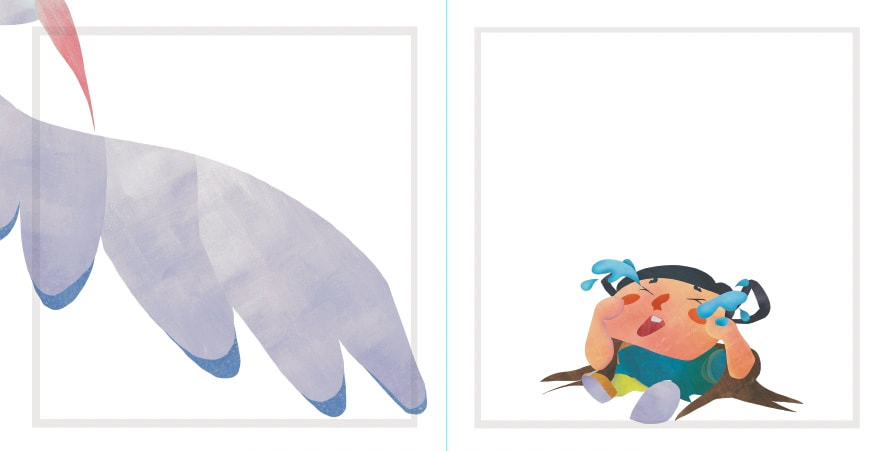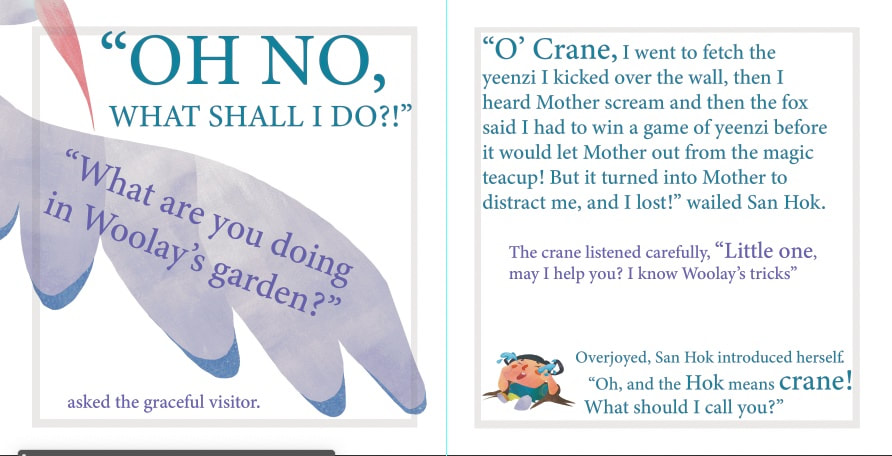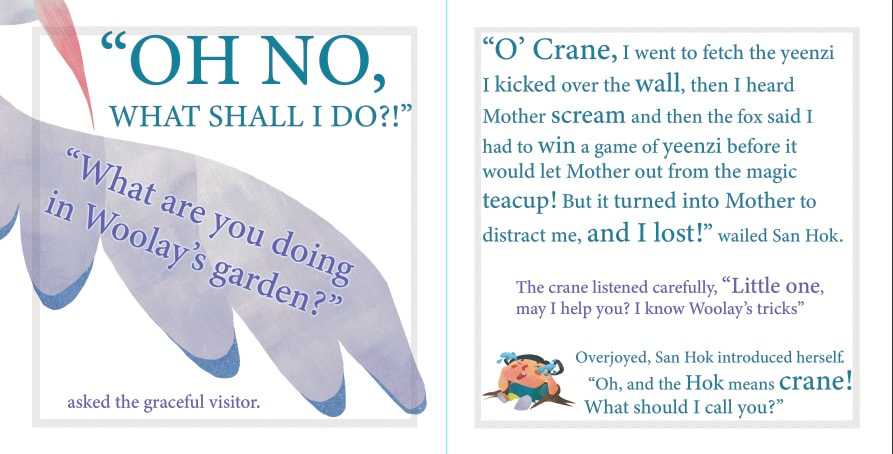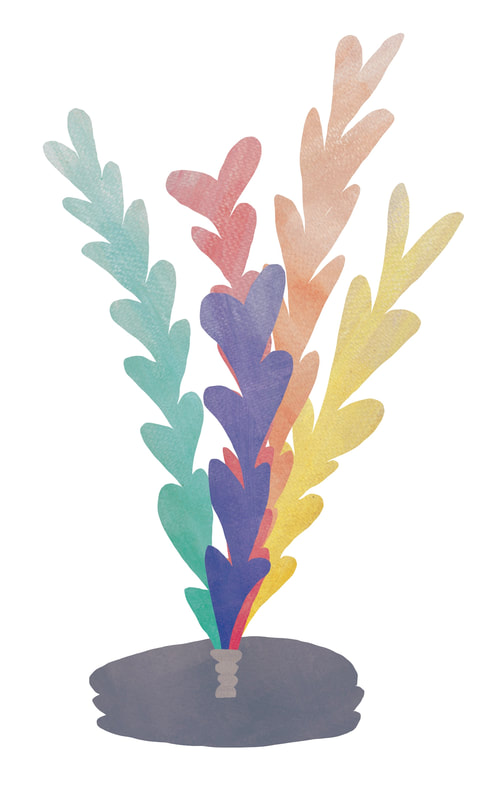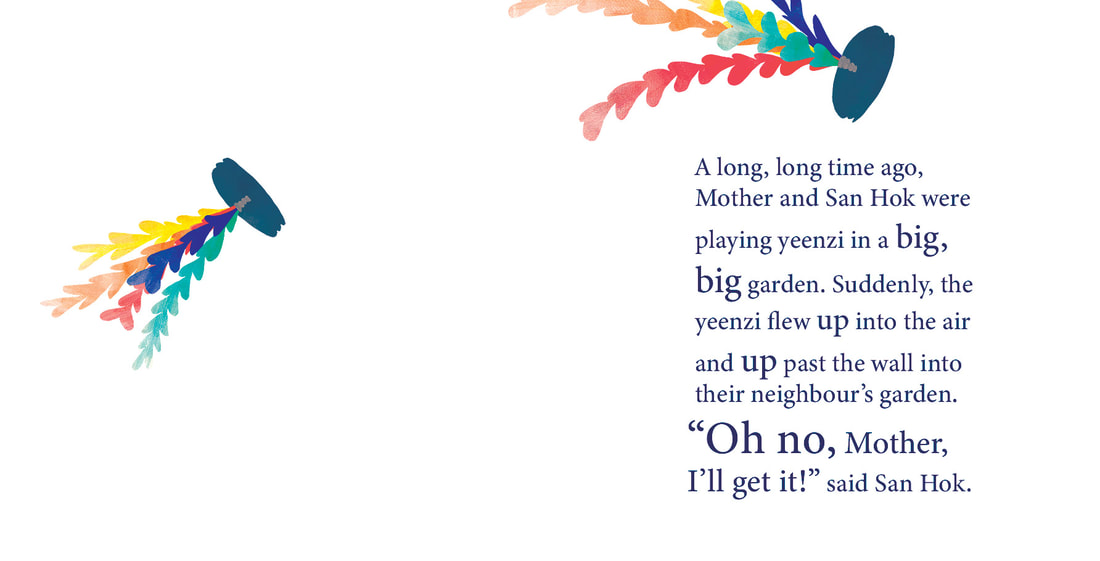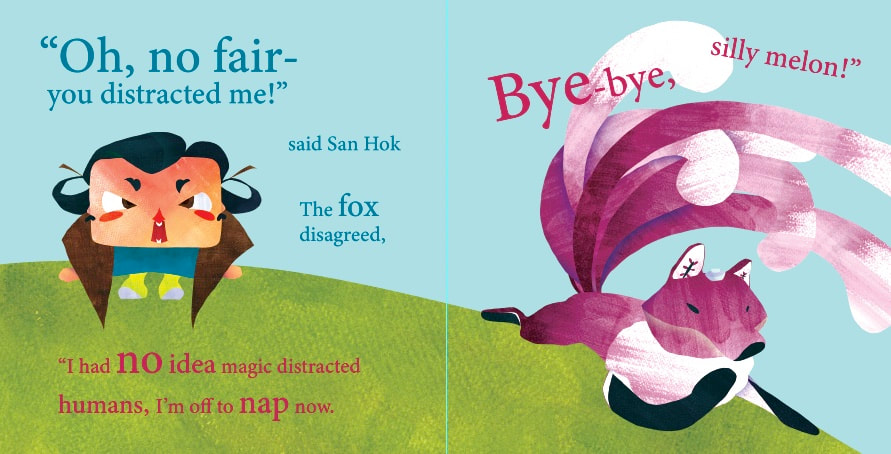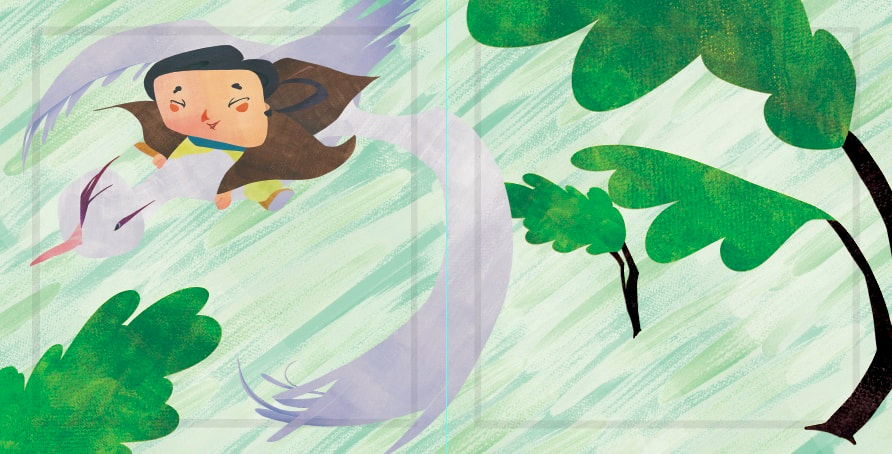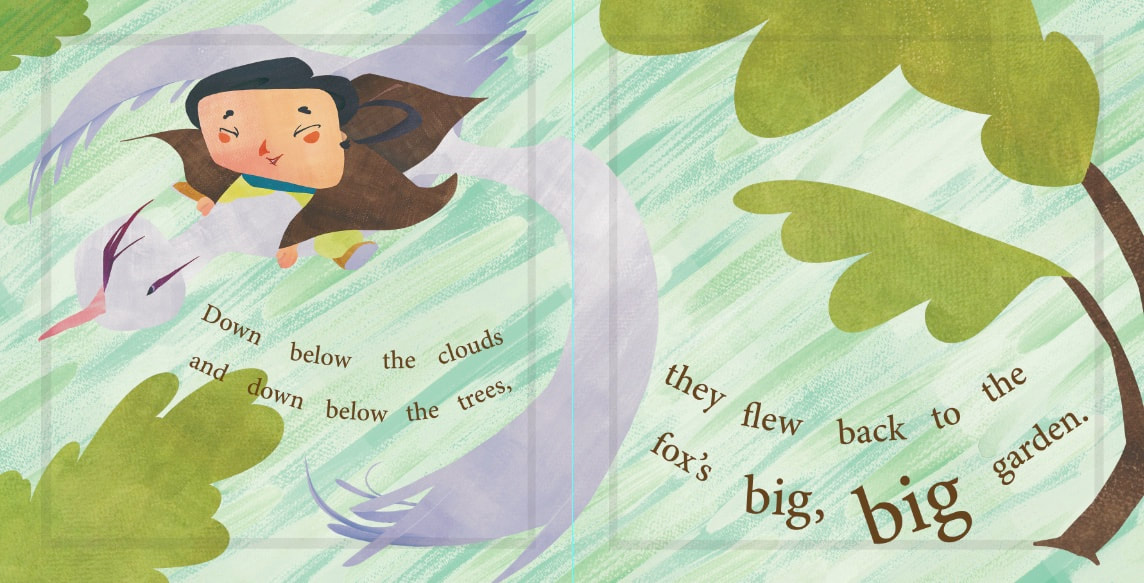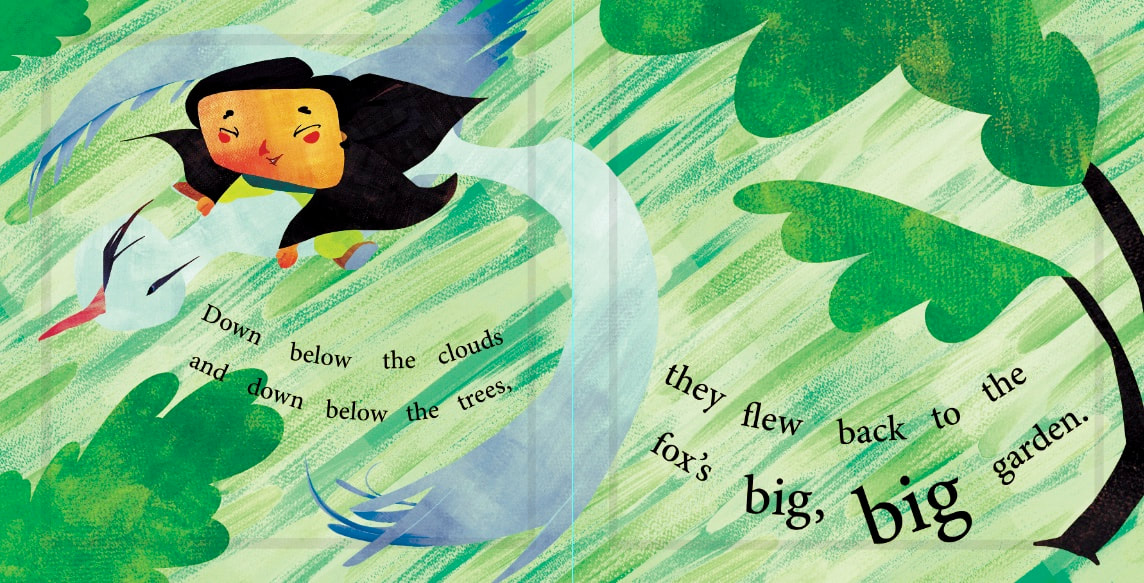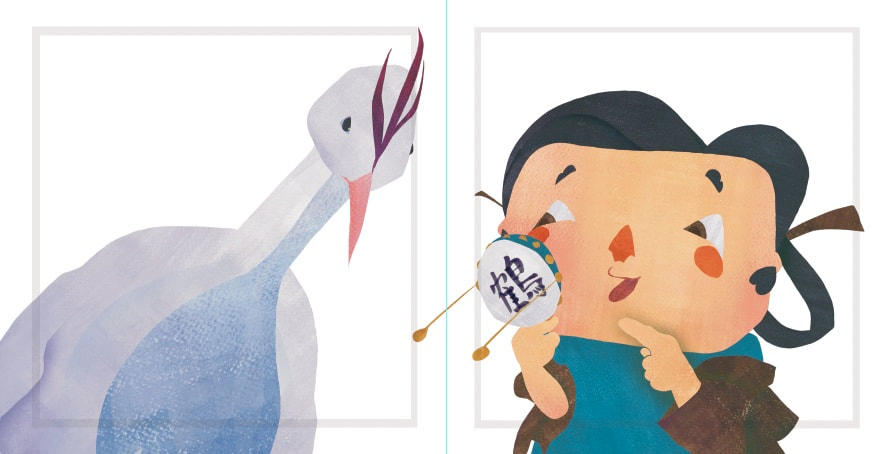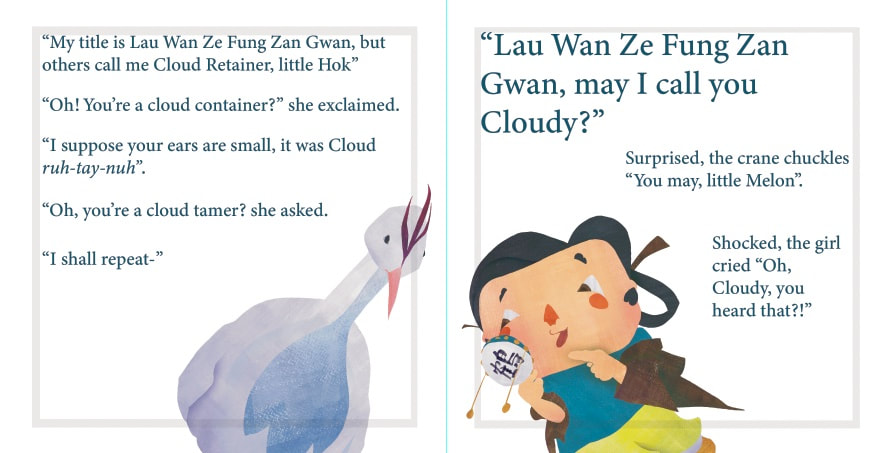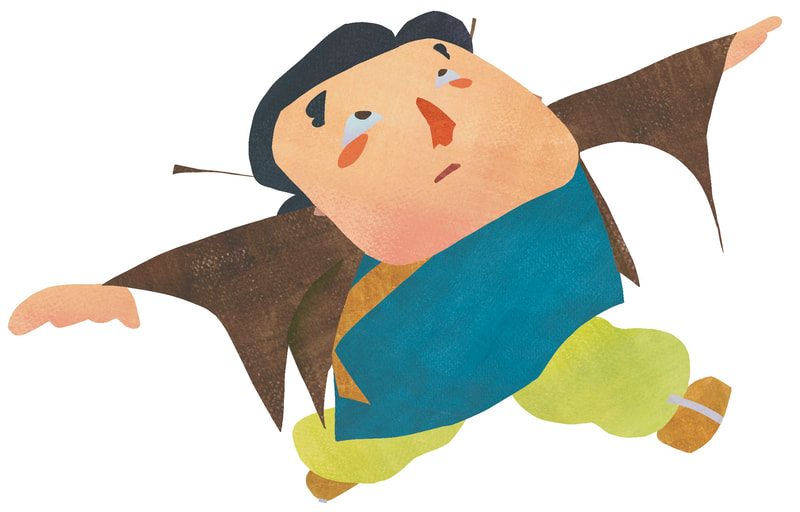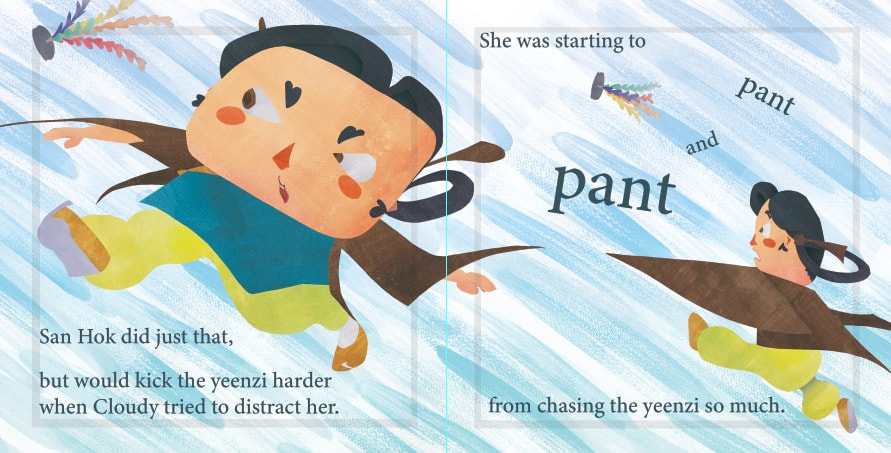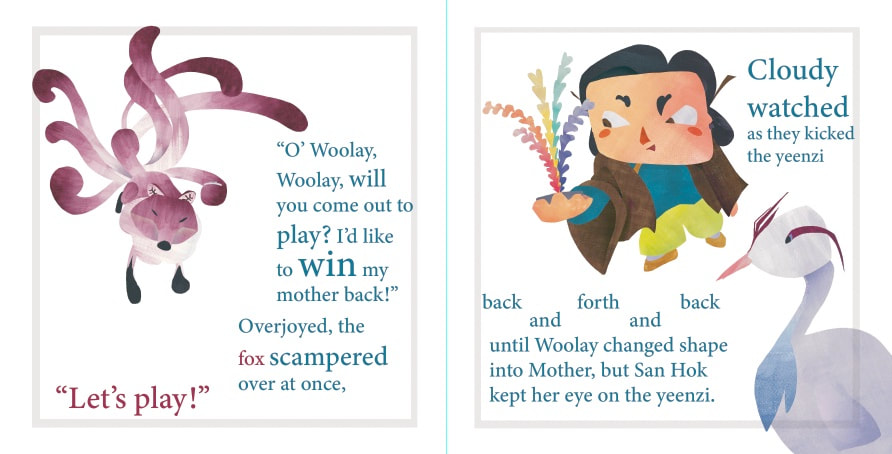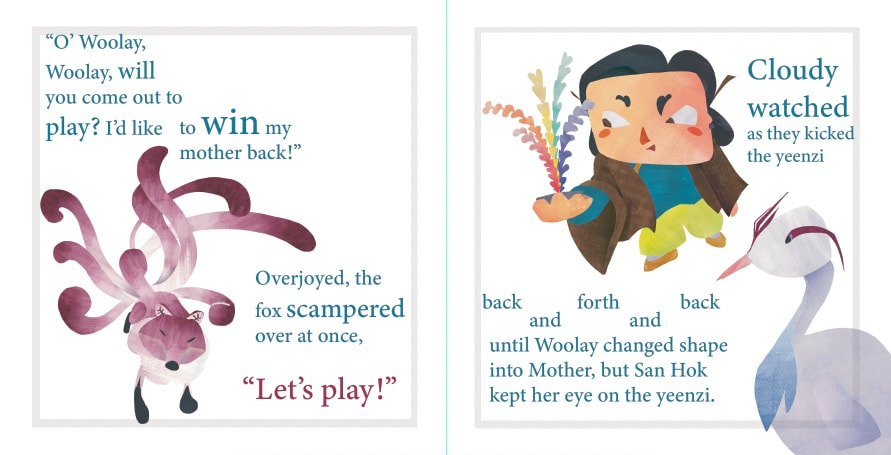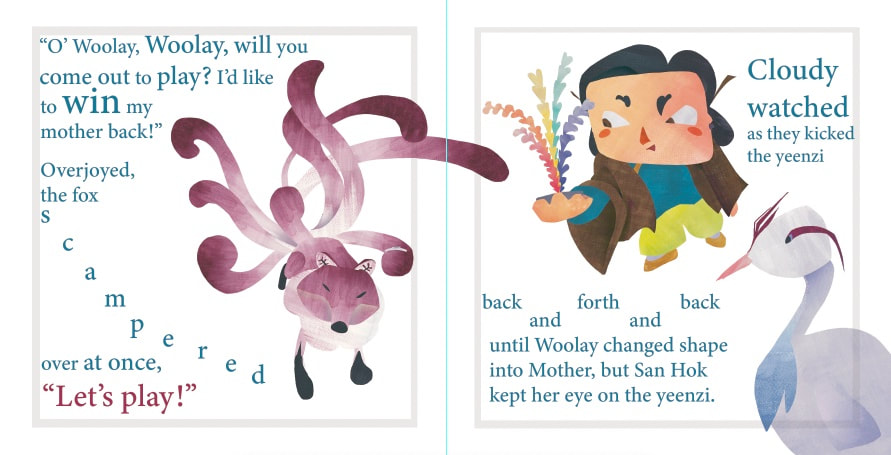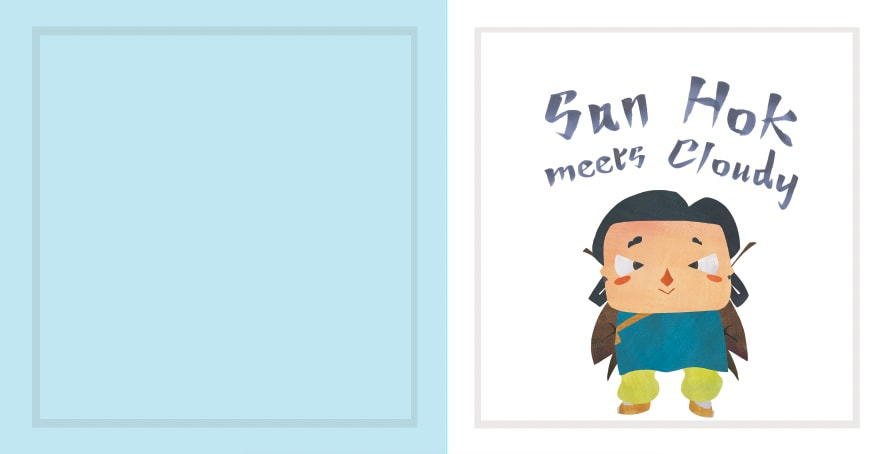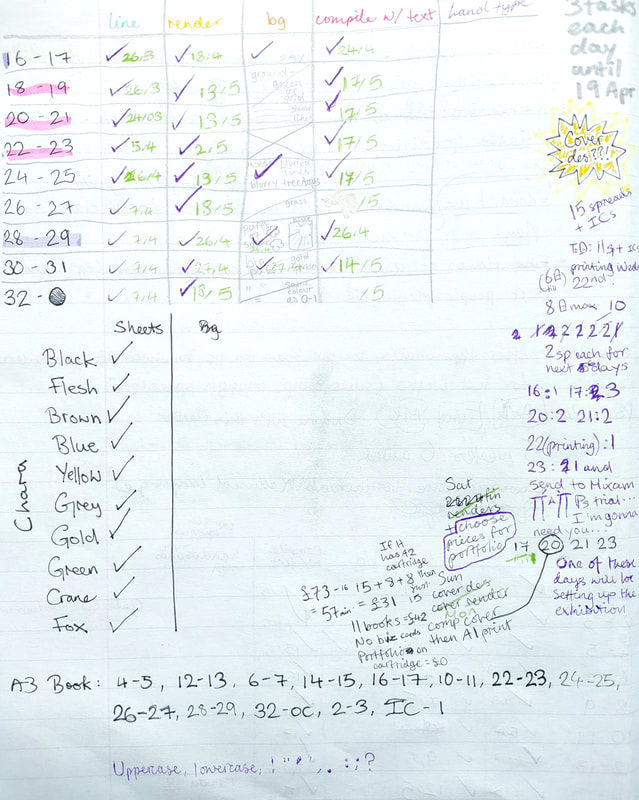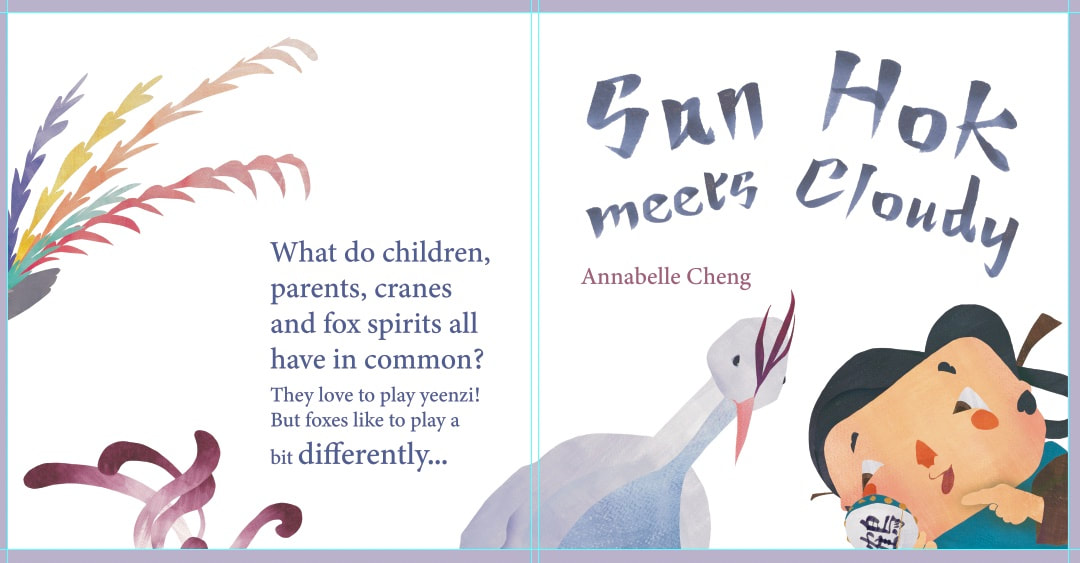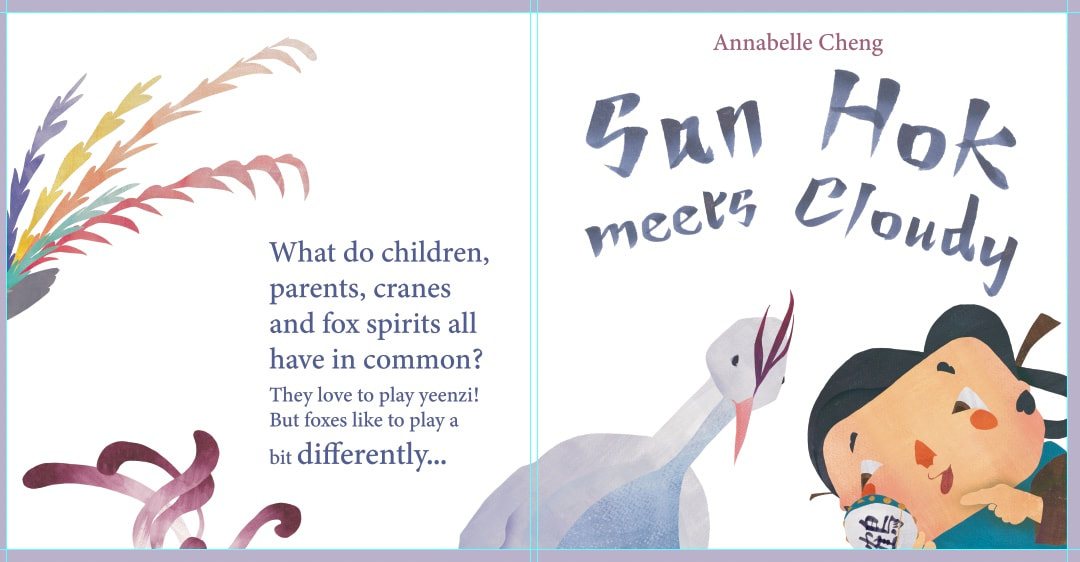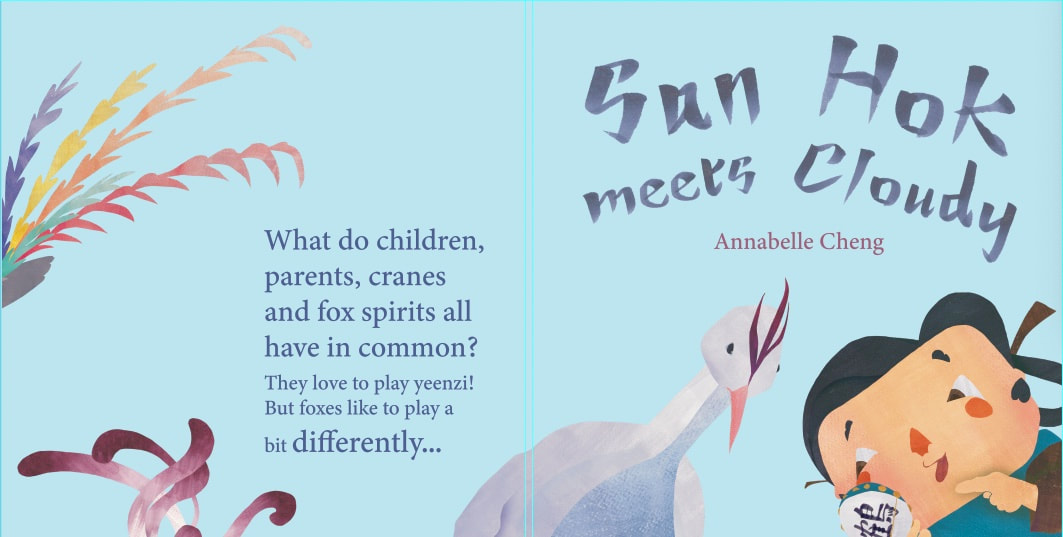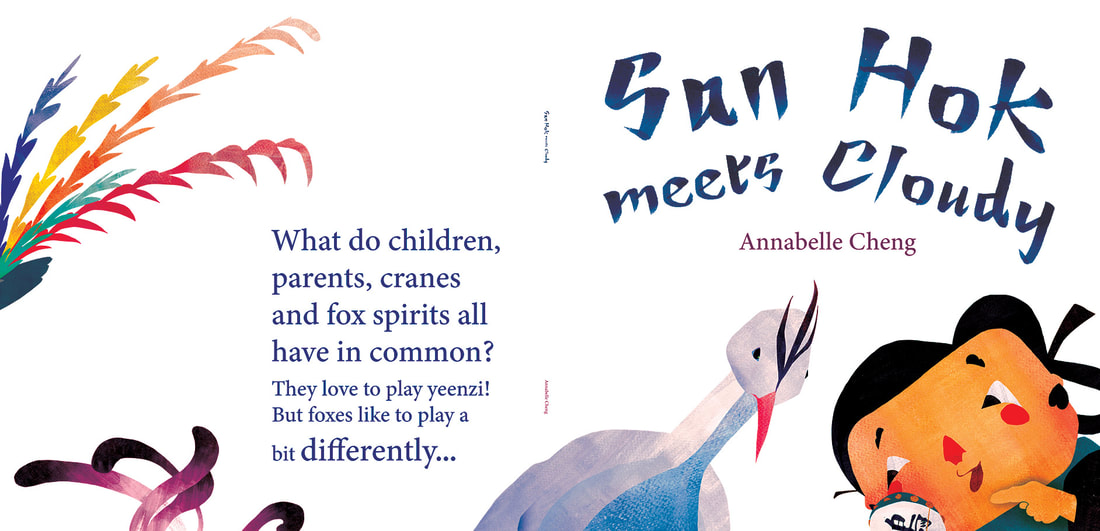Potential Ideas
Character Design - Lifetime Influence
This is something I have on hand for inspirational help and for tracking what design details I gravitate towards. I was very lost in the early stages of this project.
*Quick disclaimer: I am Chinese, so I may miss explanations on cultural things I forget aren't common knowledge.
Contextual Research
The source material:
|
(Shen + he = divine + crane) This sums up her character and design.
Her master (celestial/adeptal arts mentor) is an immortal crane called Cloud Retainer. She is more or less Shenhe's (pron, shun-huh) parental figure. The term 'adeptus' is used in-game, since 'fairy' (as they're known in the Chinese language) would make the English-speaking players think of little fae flitting about instead of what it refers to in Chinese (仙) - immortal, mythical beings from Taoism or Chinese folklore. Cranes are a popular motif within the culture, not just this particular story. |
Official content promoting Shenhe's release, including major events happening in the current timeline, even though I will be using the child version of her as the protagonist of my adaptation. This is a reminder of her vibe.
|
|
|
|
|
Official art of Shenhe
Research Pages
Out of the 15 crane species, Shenhe looks the most similar to the Demoiselle. I thought about using this same colour scheme, but in reality, wearing all-white or all-black is something only seen in modern Chinese martial fantasy (wuxia/xianxia) media as it is otherwise taboo or ominous. Wearing all-white garb in ancient China was usually reserved for the dead and it is still the primary colour worn during funerals.
For Chinese funerals I've attended, there were separate days for wearing all-white and all-black since funerals last for longer than a day - that may just be a tradition specific to my dad's village, though. Omens, fortune and superstition still carries much weight among the older Chinese population. Sporting a reminder of death would not be feasible for young Shenhe. In fact, the red rope present in Shenhe's original design is linked to her own fortune - she is told many times that her fate is cursed.
For Chinese funerals I've attended, there were separate days for wearing all-white and all-black since funerals last for longer than a day - that may just be a tradition specific to my dad's village, though. Omens, fortune and superstition still carries much weight among the older Chinese population. Sporting a reminder of death would not be feasible for young Shenhe. In fact, the red rope present in Shenhe's original design is linked to her own fortune - she is told many times that her fate is cursed.
Story and Setting Research
Hashing Out the Story and Adapting the Dark Elements
|
Cave-dwelling evil monster -> trickster demon: 狐狸精 fox spirit, AKA the famous nine-tailed fox
Fight to the death -> jianzi/shuttlecock kicking, a sport where you keep a weighted shuttlecock off the ground without using your hands (it's usually the feet). My previous idea was badminton, but old as it is, it still feels anachronistic for the historically styled Shenhe to hold a badminton racket. It was popular during the Han, Sui and Tang dynasties, so I will be looking at the mode of dress for commoners in those periods since clothing changed between the dynasties. I can make my own jianzi, although I don't have any crane feathers on hand. Celestial arts mentor immortal crane -> jianzi mentor immortal crane I am aiming for 32 pages, so I need to start splitting the story into scenes and spreads. From there, I can pinpoint what visual components need more attention e.g. a mountain setting. |
Han, Sui or Tang Dynasty?
|
|
The Sui dynasty was super short, from the end of the Northern Southern dynasties to just before the Tang dynasty. Its clothing is similar to Northern Southern and early Tang (i.e. before clothing became a lot looser). Between Han and Tang, I'm definitely more drawn to the light and playful Tang dynasty garb. |
|
Key attributes of children's clothing:
- Own unique headgear (tiger = strength, boys with shaved hairstyles) - Two-piece, cross collar - most comfortable - Animal shoes - Commoners tended not to have any embroidered patterns + muted colours. (Shenhe should be a commoner because it fits the story) |
There aren't any good references for ancient paintings of people playing jianzi (let alone children). But, for cuju (another ancient kicking sport and the earliest form of football), there are plenty.
The other thing I was avoiding...
|
The key formula this book uses
So I did a quick skim and sometimes I just cannot concentrate on books, so I found the comprehensive (and much shorter) article above to give it to me straight. I checked out this book upon recommendation from Kaz Windness (a children's book illustrator who understands my struggle and gives great tips). |
While I'm aware the story is not the main focus, I was still struggling on connecting some of the adaptations I made to Shenhe's story. Also I realised I've been focusing too much on the restrictions and things unconventional/unfaithful to my culture that I've forgotten about what's truly important: research and decision making through visualising. Drawing. Designing.
I'm going to use Cantonese instead of Mandarin for the names, actually - oh, what's that? I'm going to have to freestyle the romanisation?
For a solely English-speaker, jyutping (yoot ping, an official Cantonese romanisation system) is harder to pronounce as it's not based on English phonetics, whereas Hong Kong's romanisation of Cantonese does its best to be English-speaker friendly by using existing English sounds, even if it does make it sound less accurate. For example, my name is Sheen Gee, but the jyutping is Sin6 Zi1 (the numbers indicate the tone as Chinese languages are tonal). Sin Zi would only sound closer to the original Cantonese if you already knew the language.
|
Jyut ping vs. HK Rom (from street signs)
Shenhe 申鶴 - san hok Master/mentor 師父 - si fu |
shan ho see fu |
Ok, well right now, it looks like there isn't much of a difference in accuracy so it's down to my preference. As it turns out, the story is nowhere near as important as I thought it would be.
Picture Book Research
From the library - Fusehill has a wider range if I need more.
Books with Reduced Visual Language from the book shops
I must change to the quickest approach I have - something looser than layers of coloured pencil, like a wet medium.
Mixam
Initial Ideas for Development
Workings out, fleshing out the story, writing the script, matching lines to the pages, character design, page spread thumbnails.
References for Characters and Colours
Colour sheets (watercolour paper) made with watered down acrylic instead of watercolour because it was such a large area of mostly flat colour and I needed the pigment. I used marker and pencil on the small reference sheets.
Line Drawings
I am splitting the illustrations layer by layer (line, colour, text), then compiling and composing them all onto spreads on Photoshop.
A3 cartridge paper (130-140 gsm, I used different types because I had to restock from a new source) and black colouring pencil (the cheap ones were better for this as they usually have harder leads and were easier to erase with my black rubber. The Derwent ivory black is better for shading).
A3 cartridge paper (130-140 gsm, I used different types because I had to restock from a new source) and black colouring pencil (the cheap ones were better for this as they usually have harder leads and were easier to erase with my black rubber. The Derwent ivory black is better for shading).
Page Spread Progress
How to Digital Collage Colour
1) Paste the colour sheet
2) Select the area with Lasso tool (Pen tool -> Make Selection on Ps)
3) Make Layer Mask
4) Refine shape with pure black and white in the Mask layer
2) Select the area with Lasso tool (Pen tool -> Make Selection on Ps)
3) Make Layer Mask
4) Refine shape with pure black and white in the Mask layer
16-17 process
Removing paper background: turn off nearby layers -> Select -> Colour Range -> change to Shadows
Tweaking the typography and colours:
Adjustments - Levels, Colour Balance + Selective Colour (to make her face less red after making the rest more saturated).
I have decided to remove the keyline from the final illustration and hike up the saturation after feedback. It's all part of the process - nothing is a waste.
28-29 process
30-31 process
4-5 process
Select -> Colour Range -> pick a colour in the drawing -> switch to the colour picker icon with the + sign -> continue picking all the different colours until the entire drawing is selected. This is quicker and easier than lassoing and refining with surgical precision.
22-23 process
6-7 process
8-9 process
12-13 process
2-3 process
10-11 process
24-25 process
14-15 process
18-19 process
20-21 process
26-27 process
32-IBC process
IFC-1 process
Project Notes and Cover Design
Cover process







